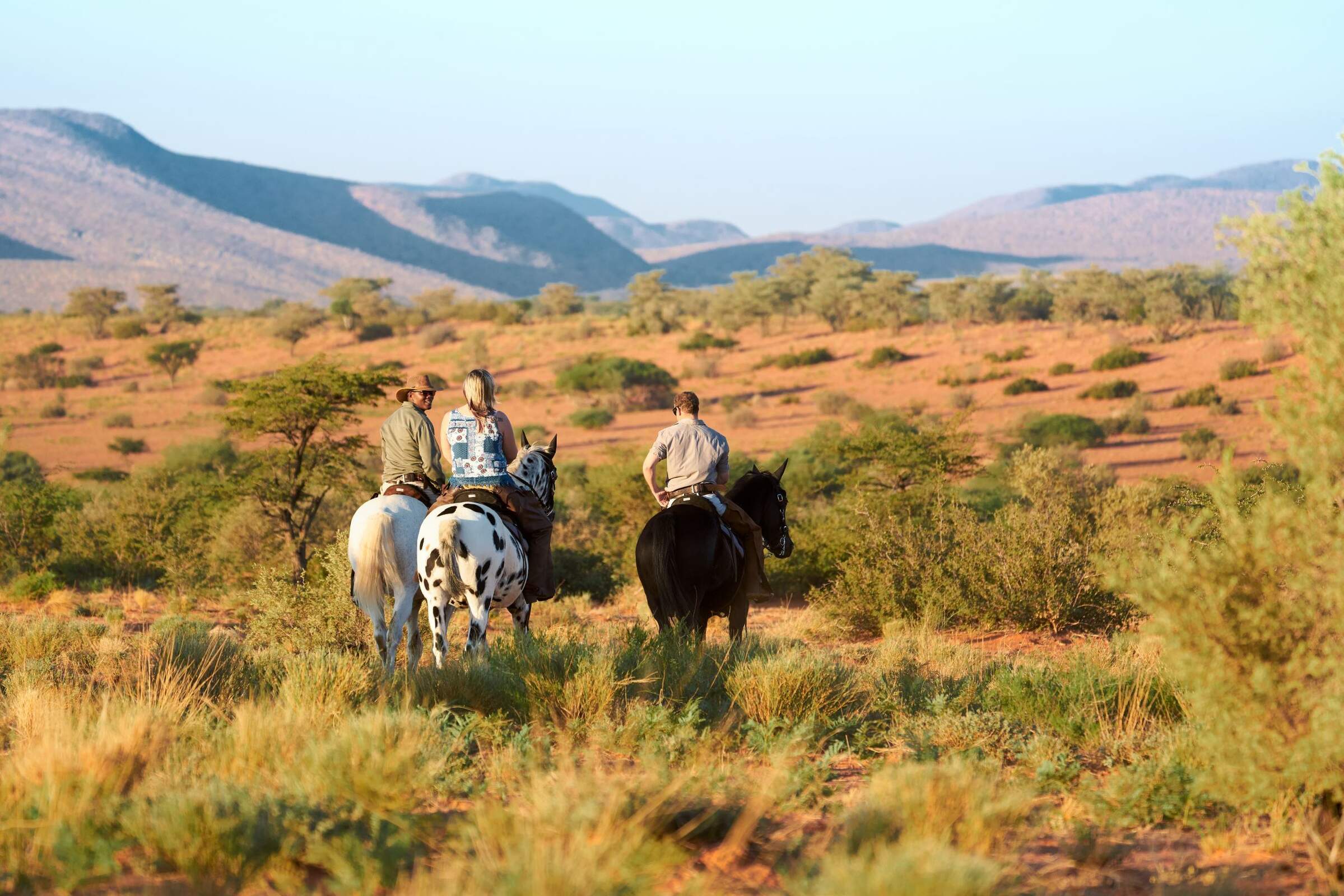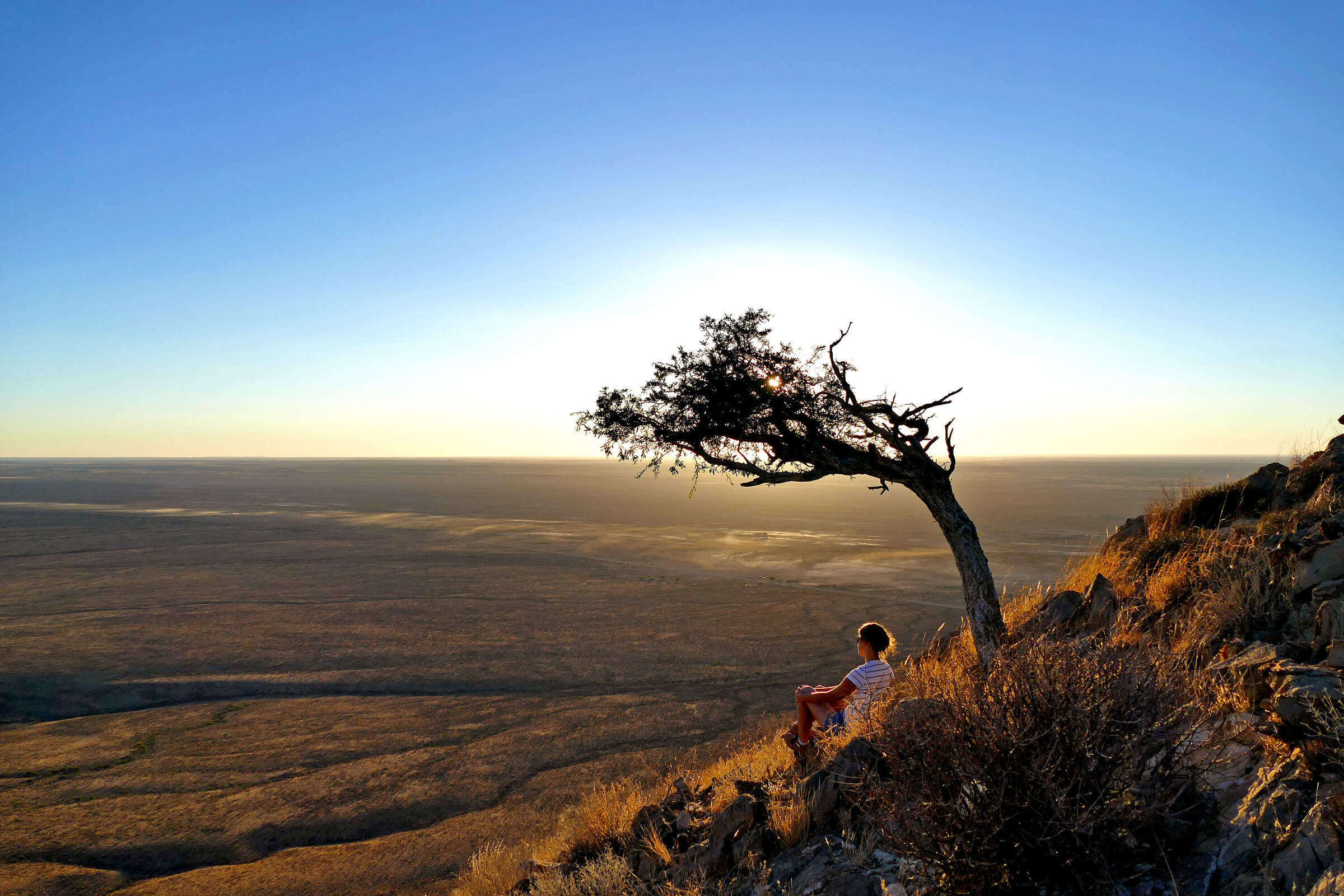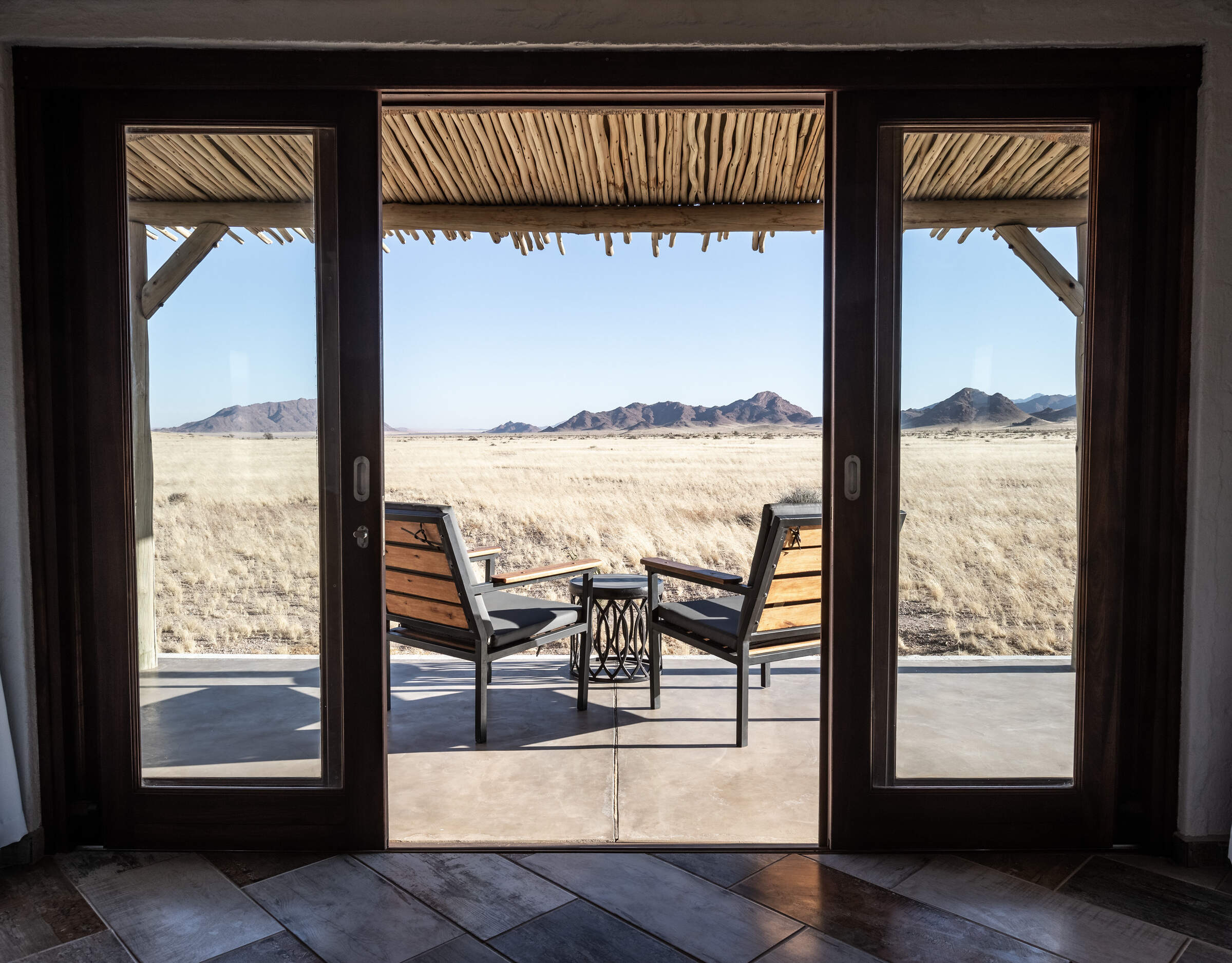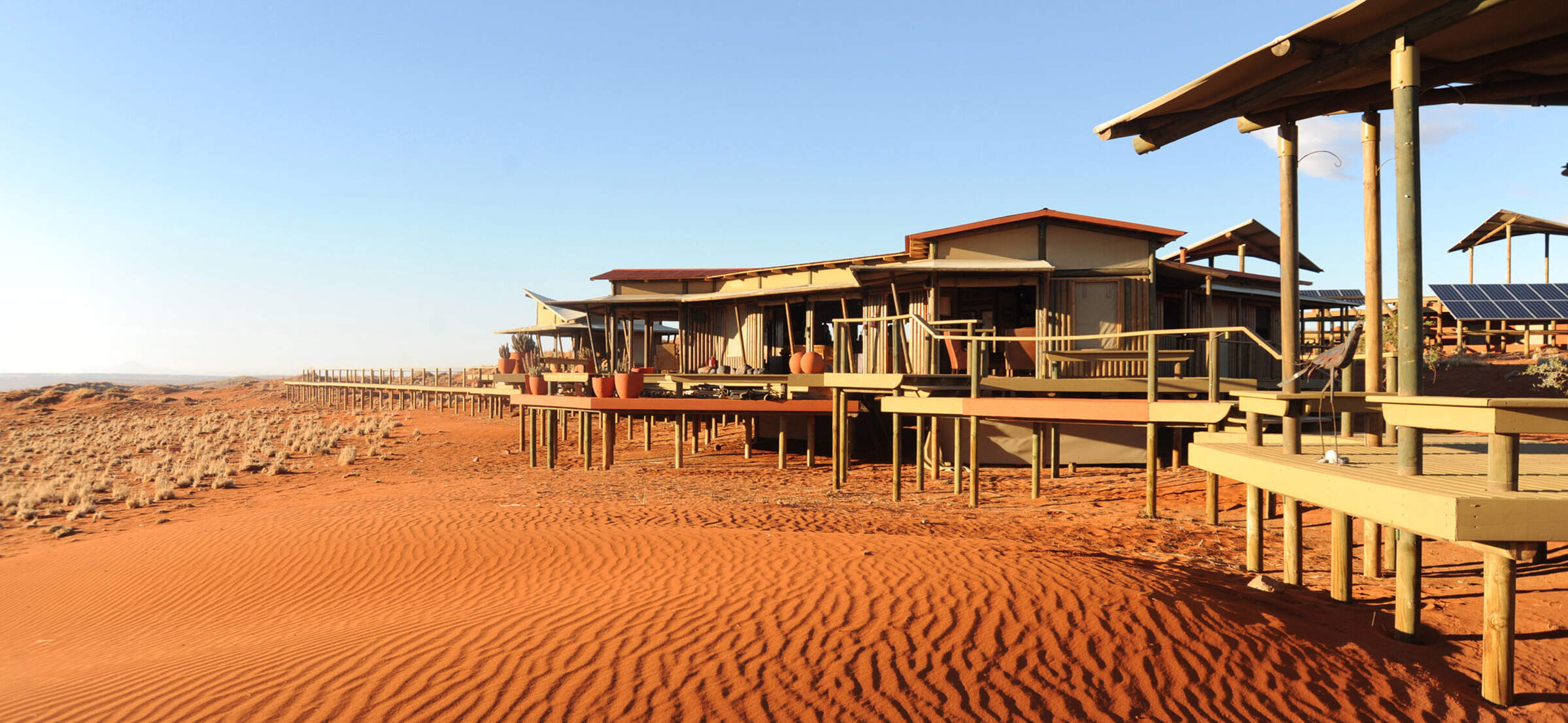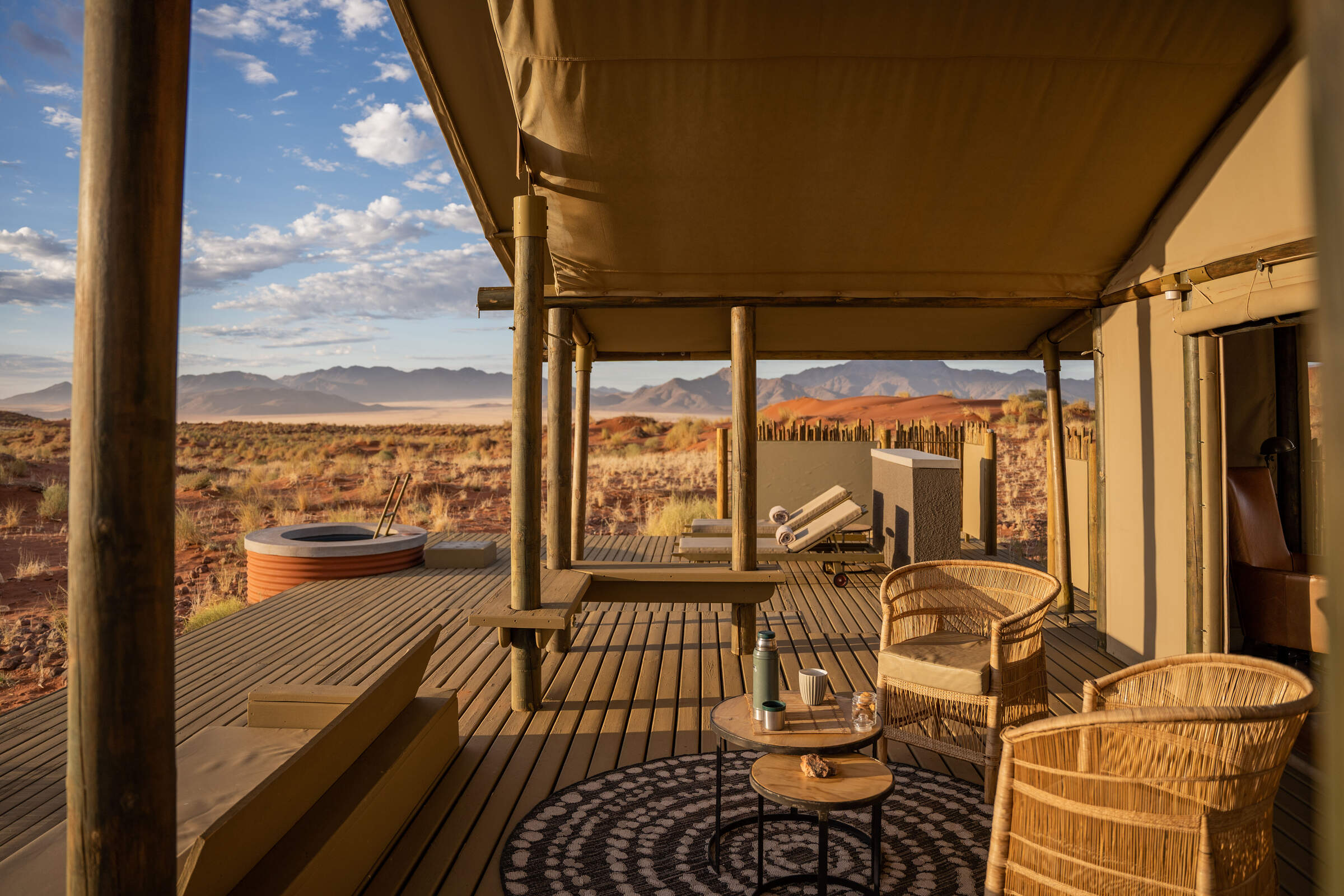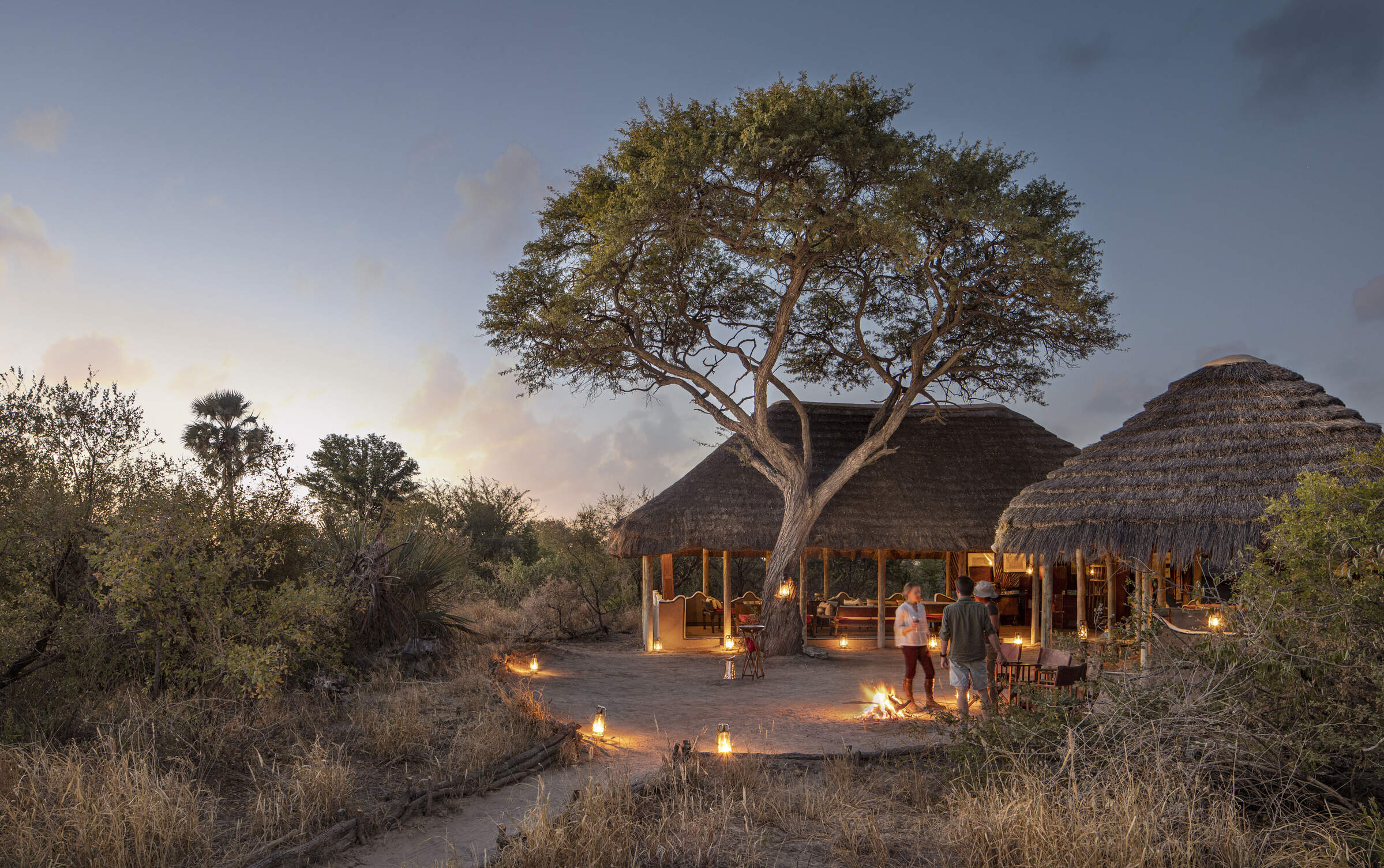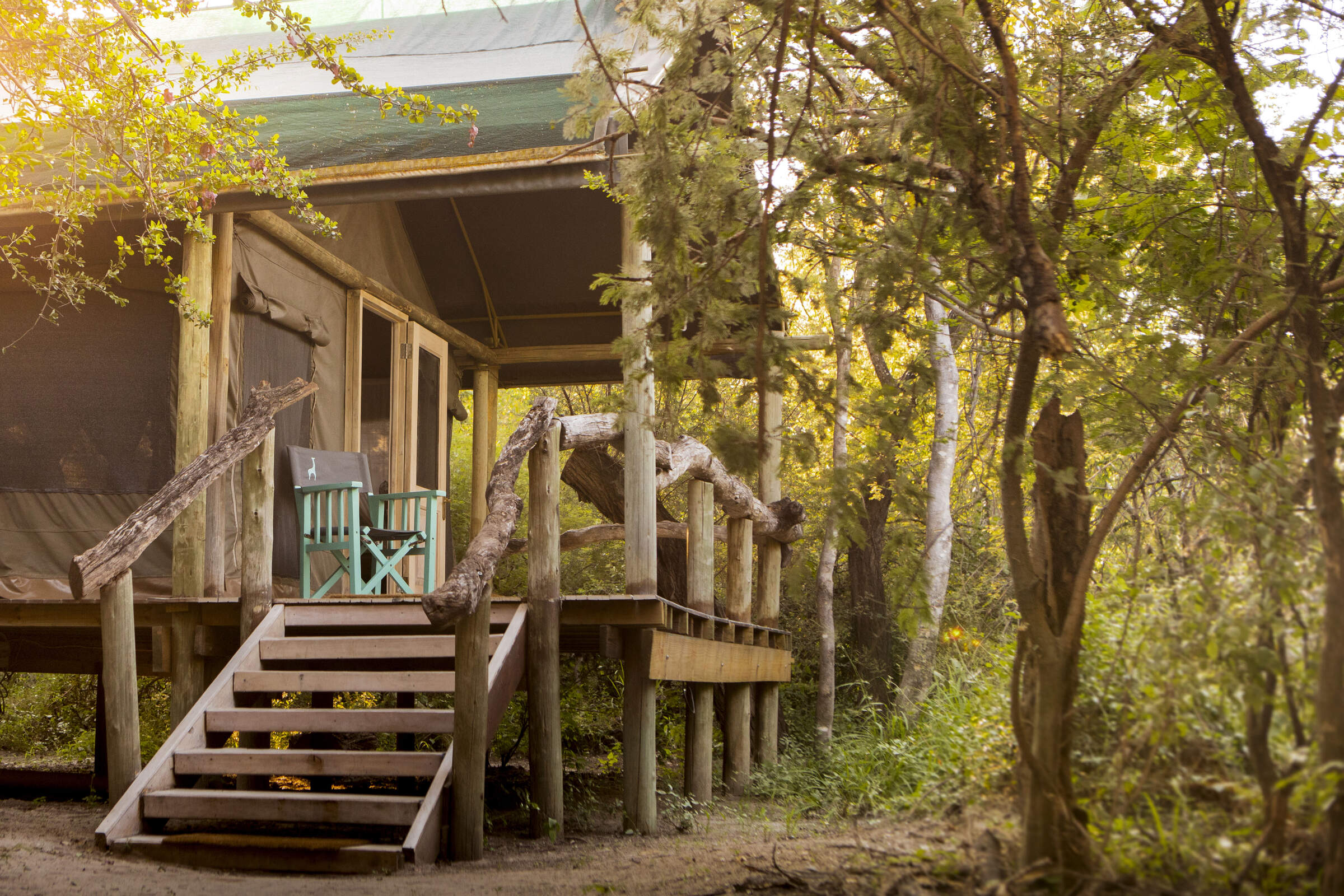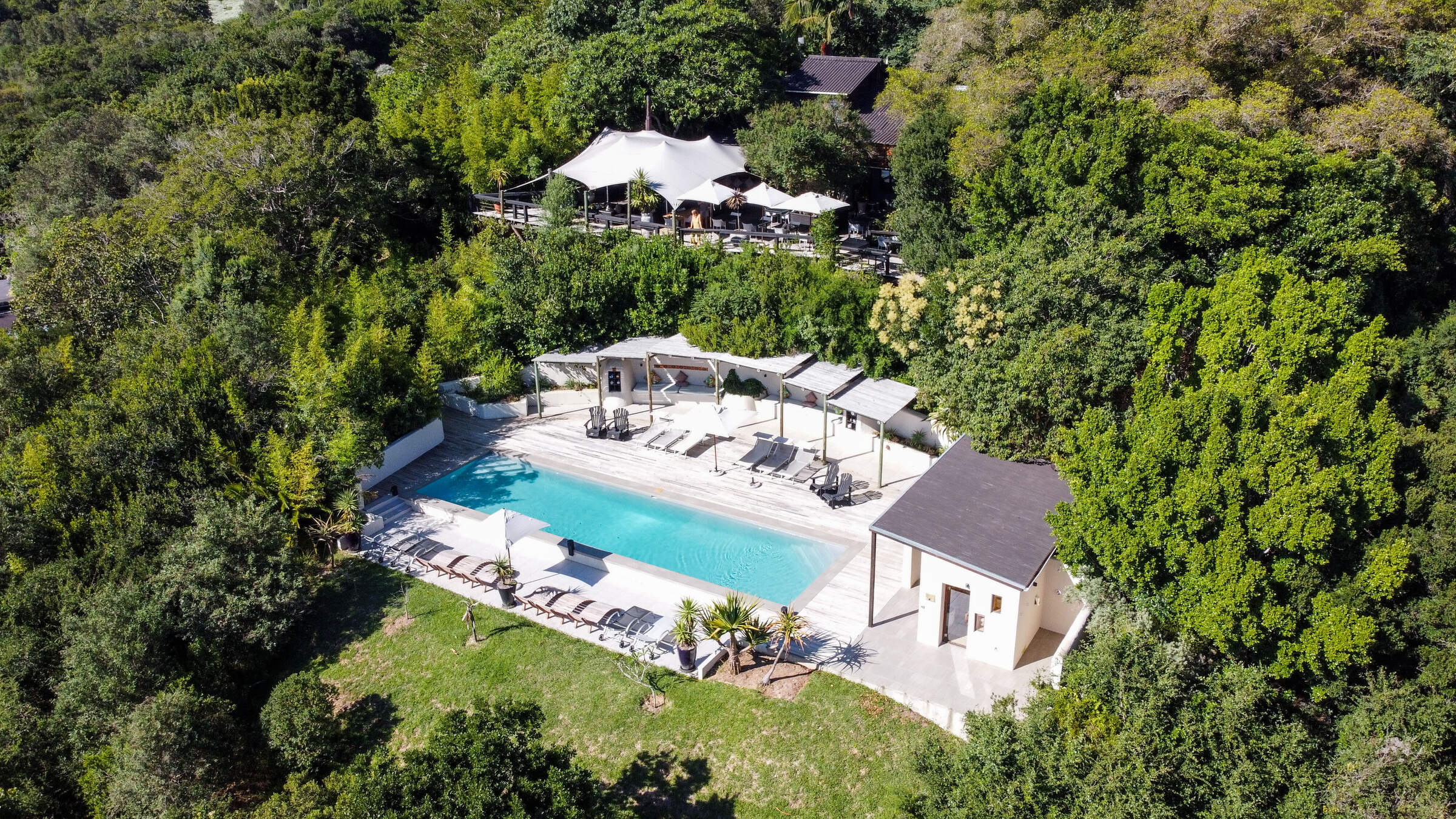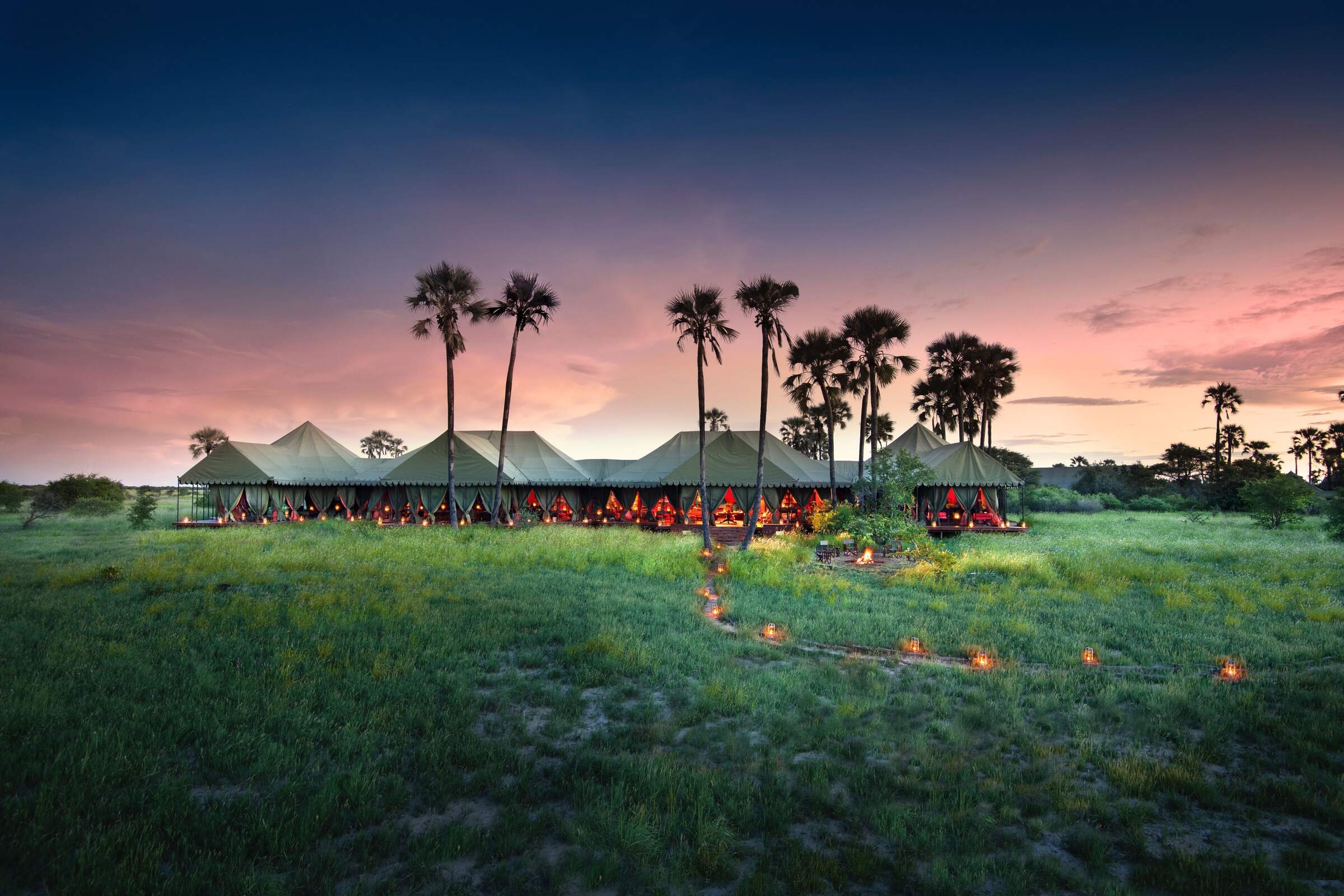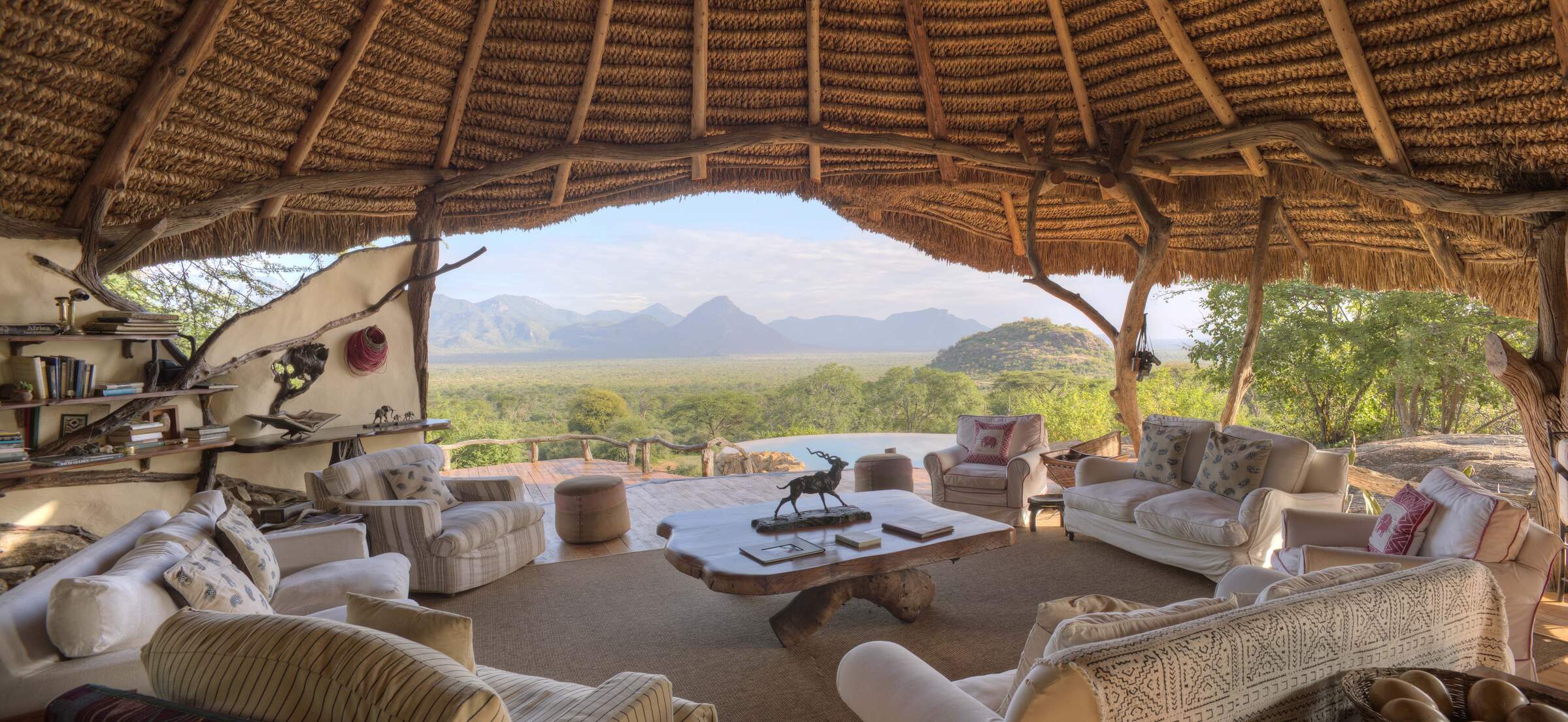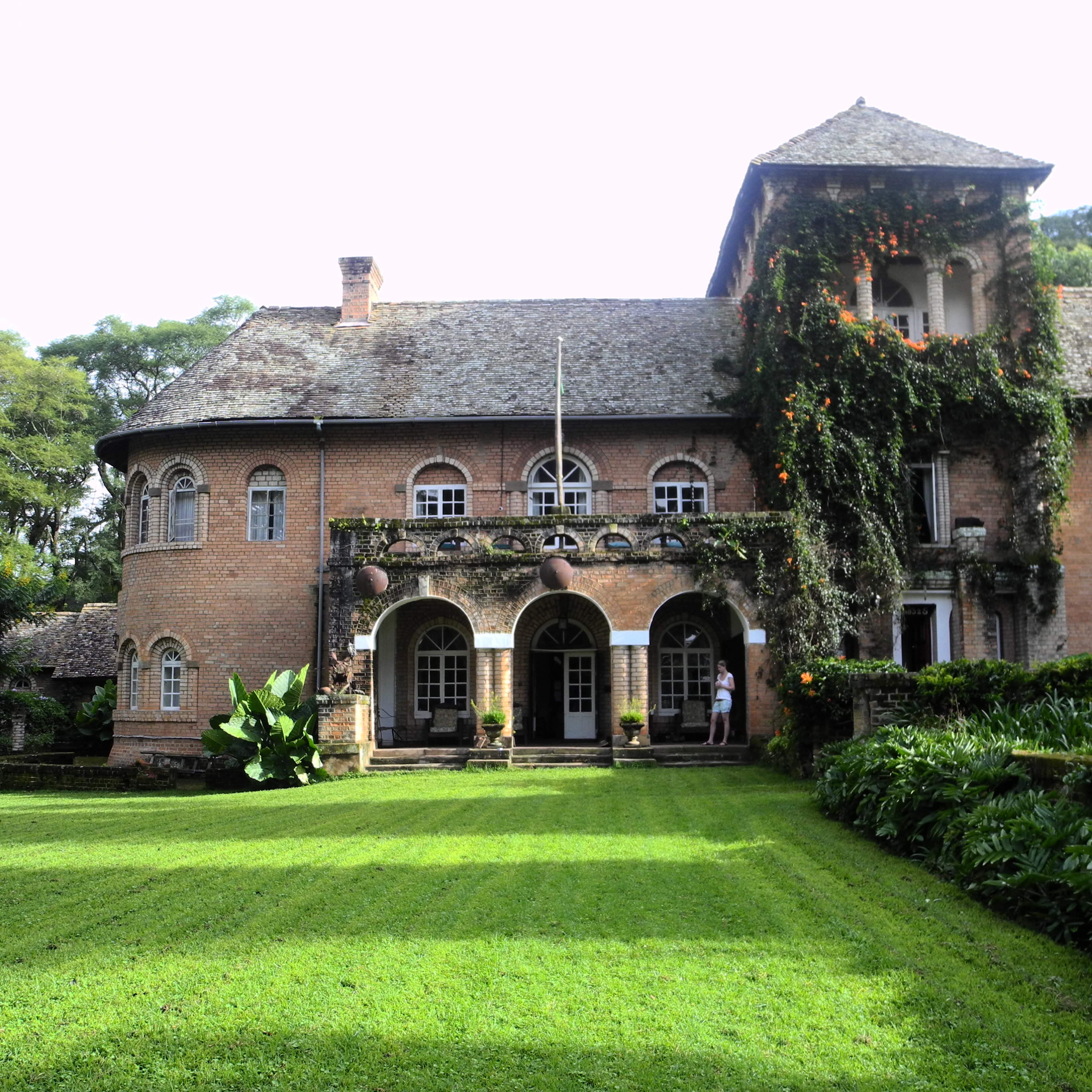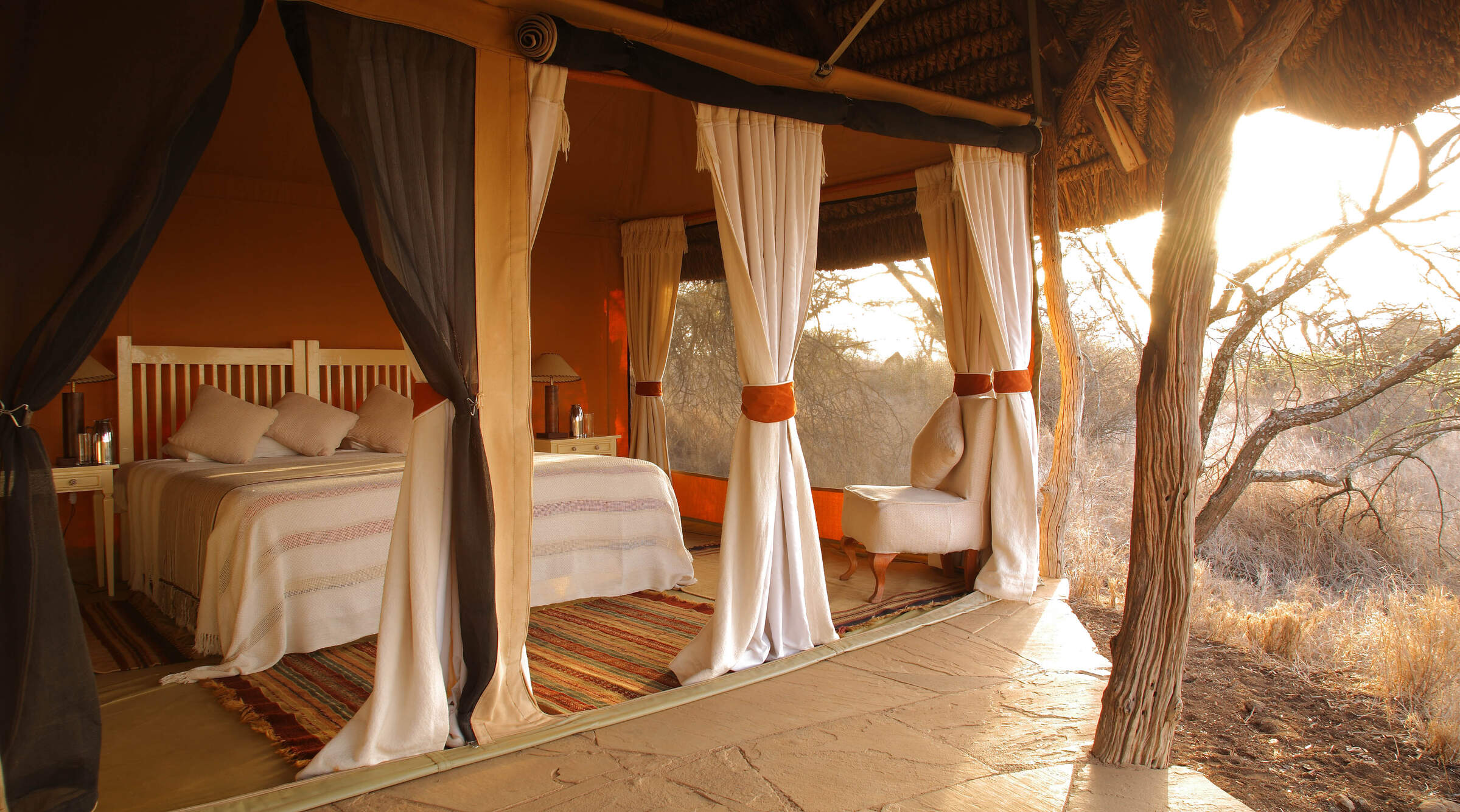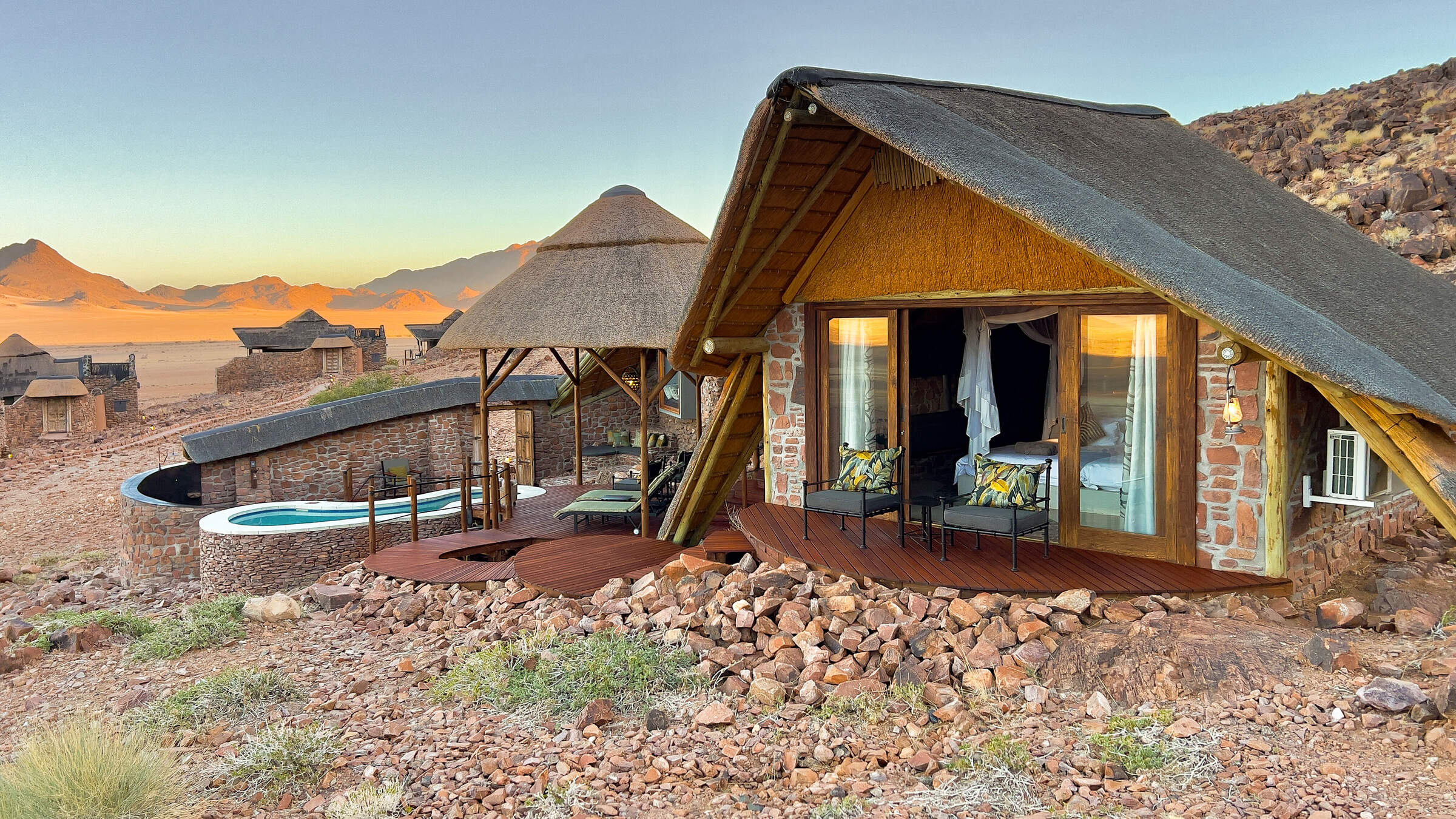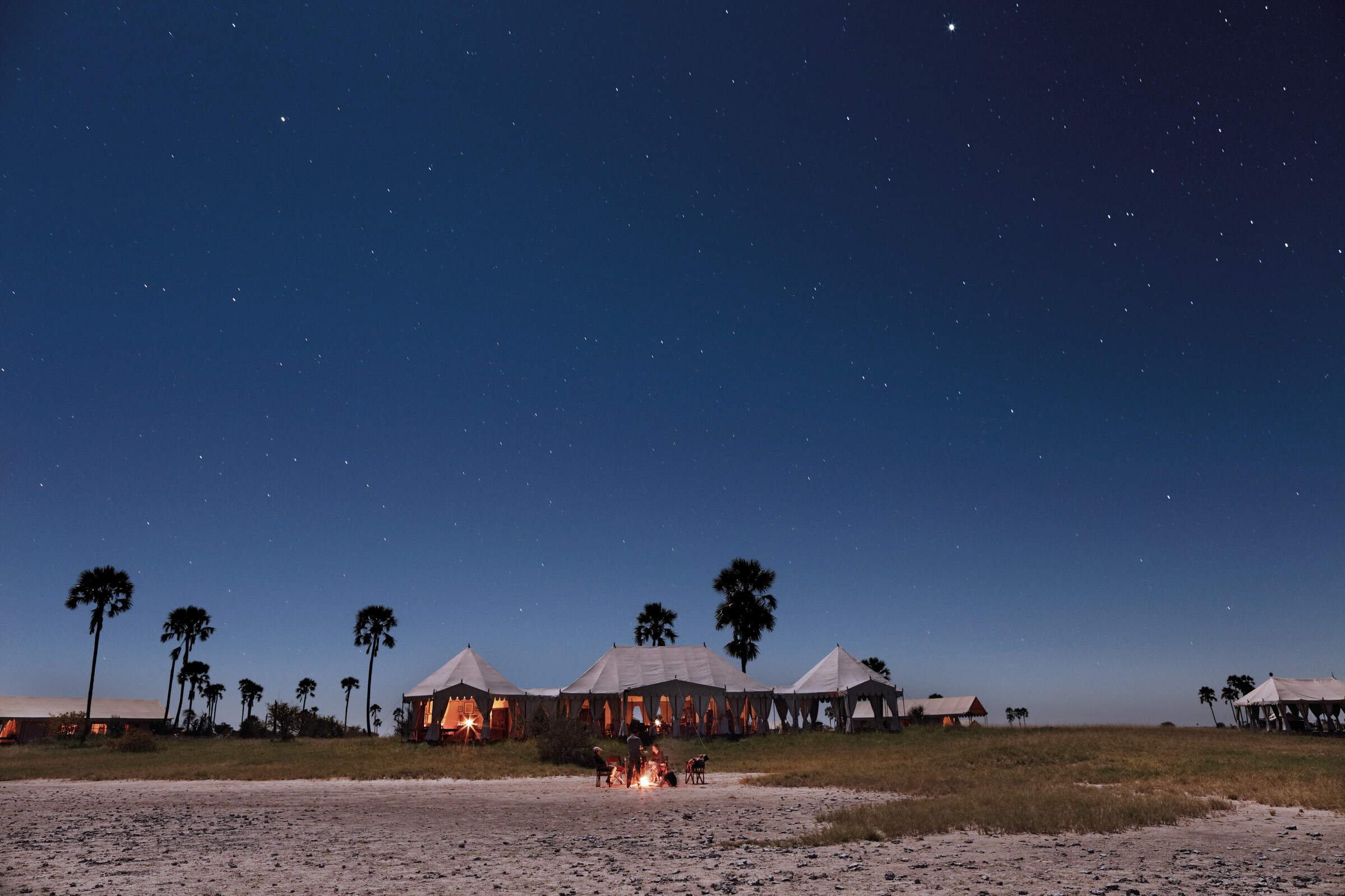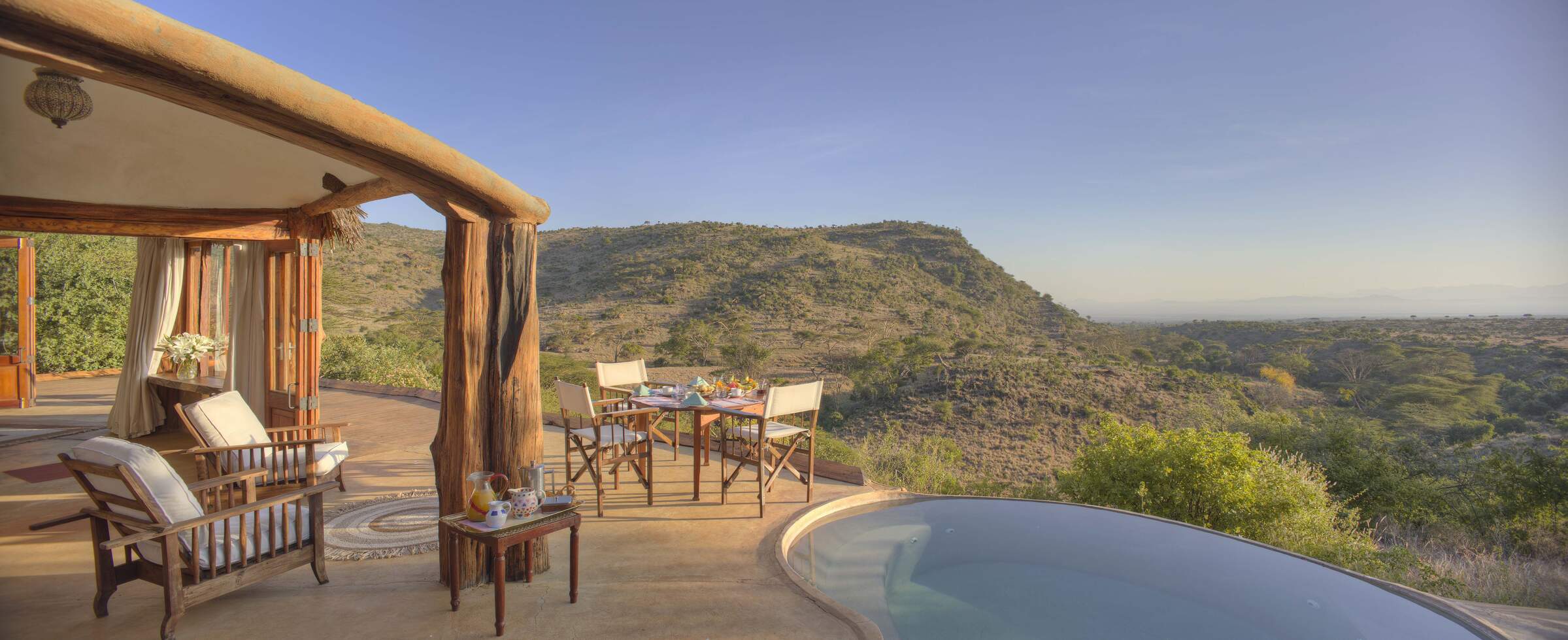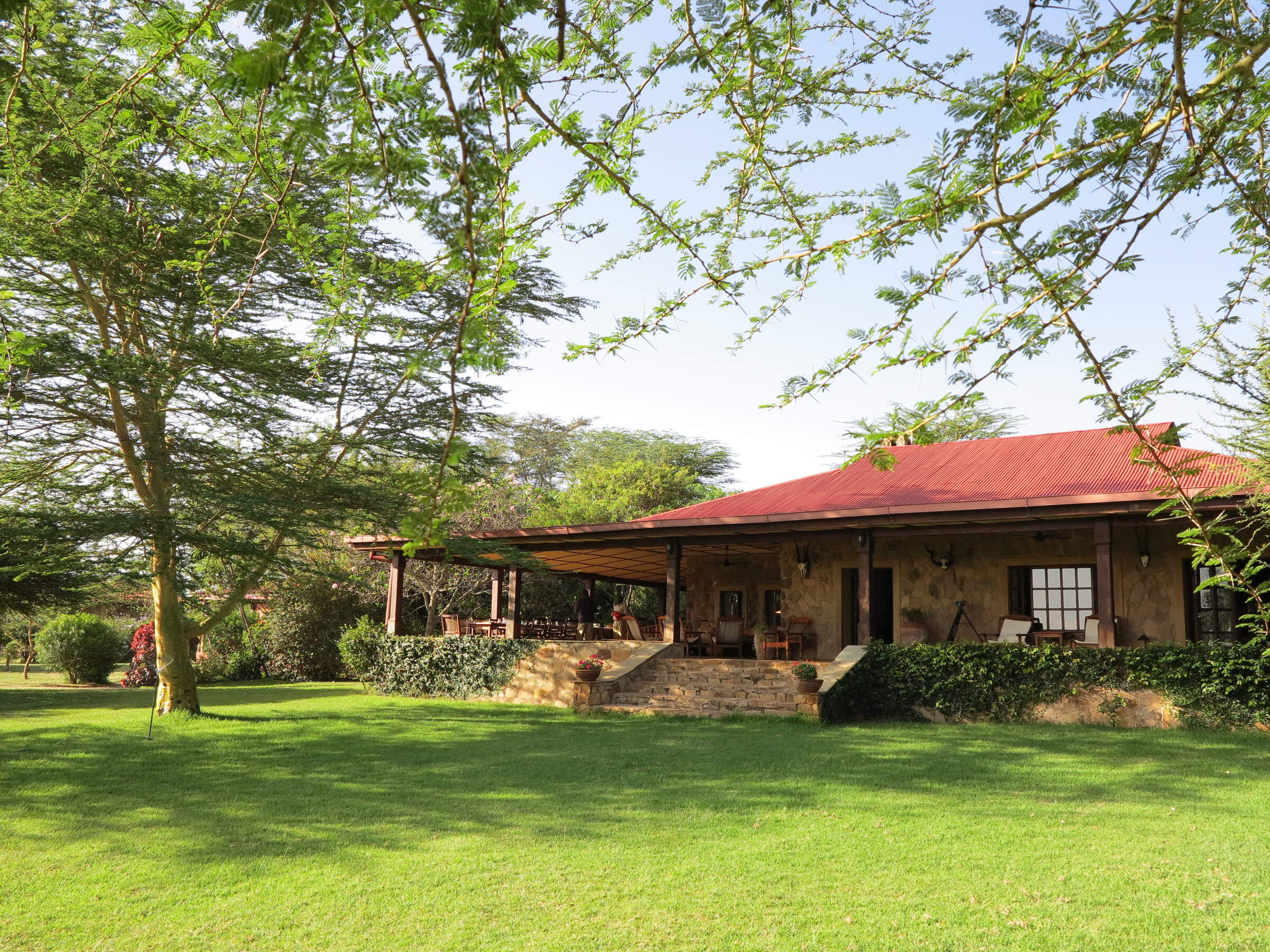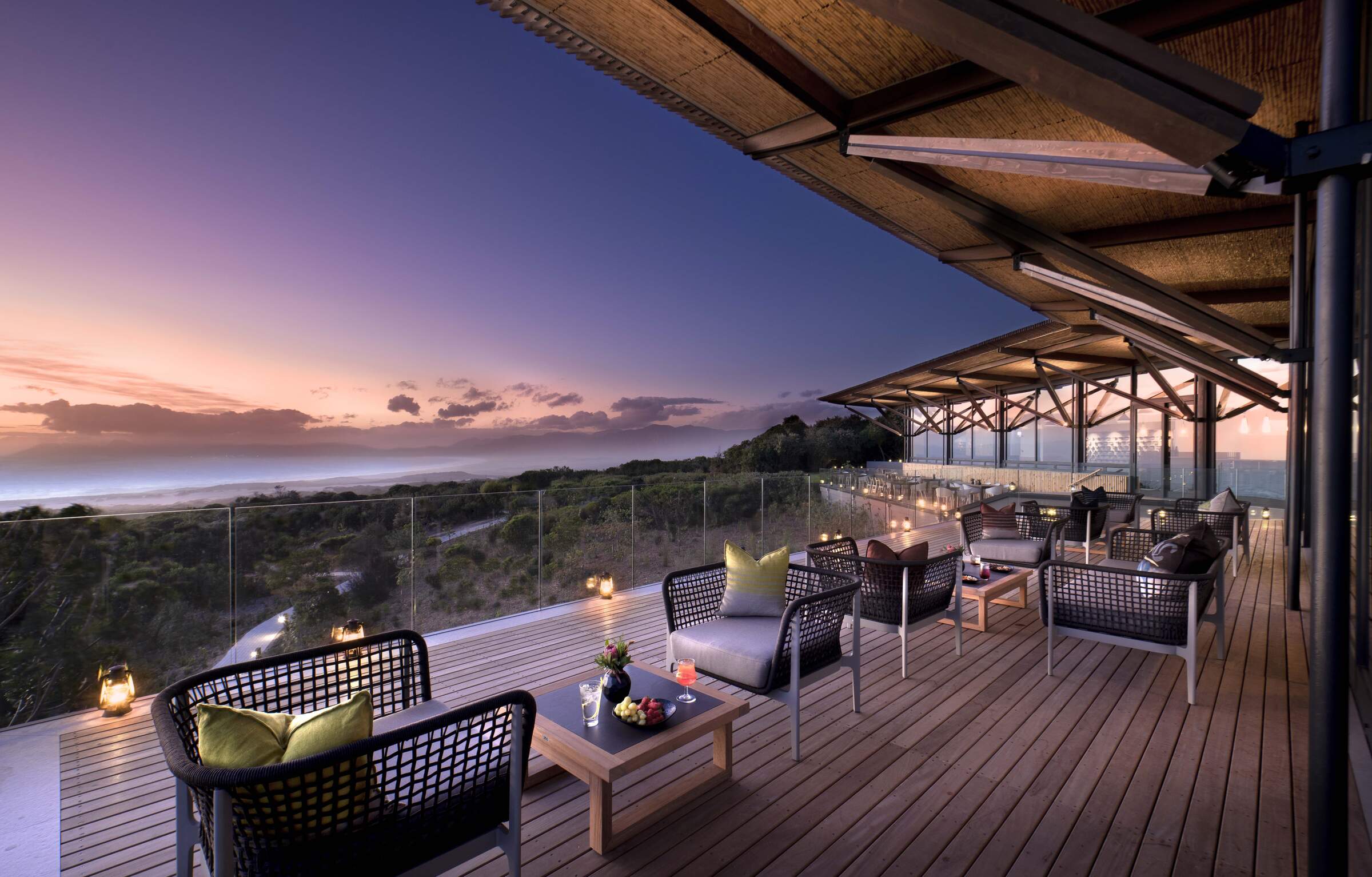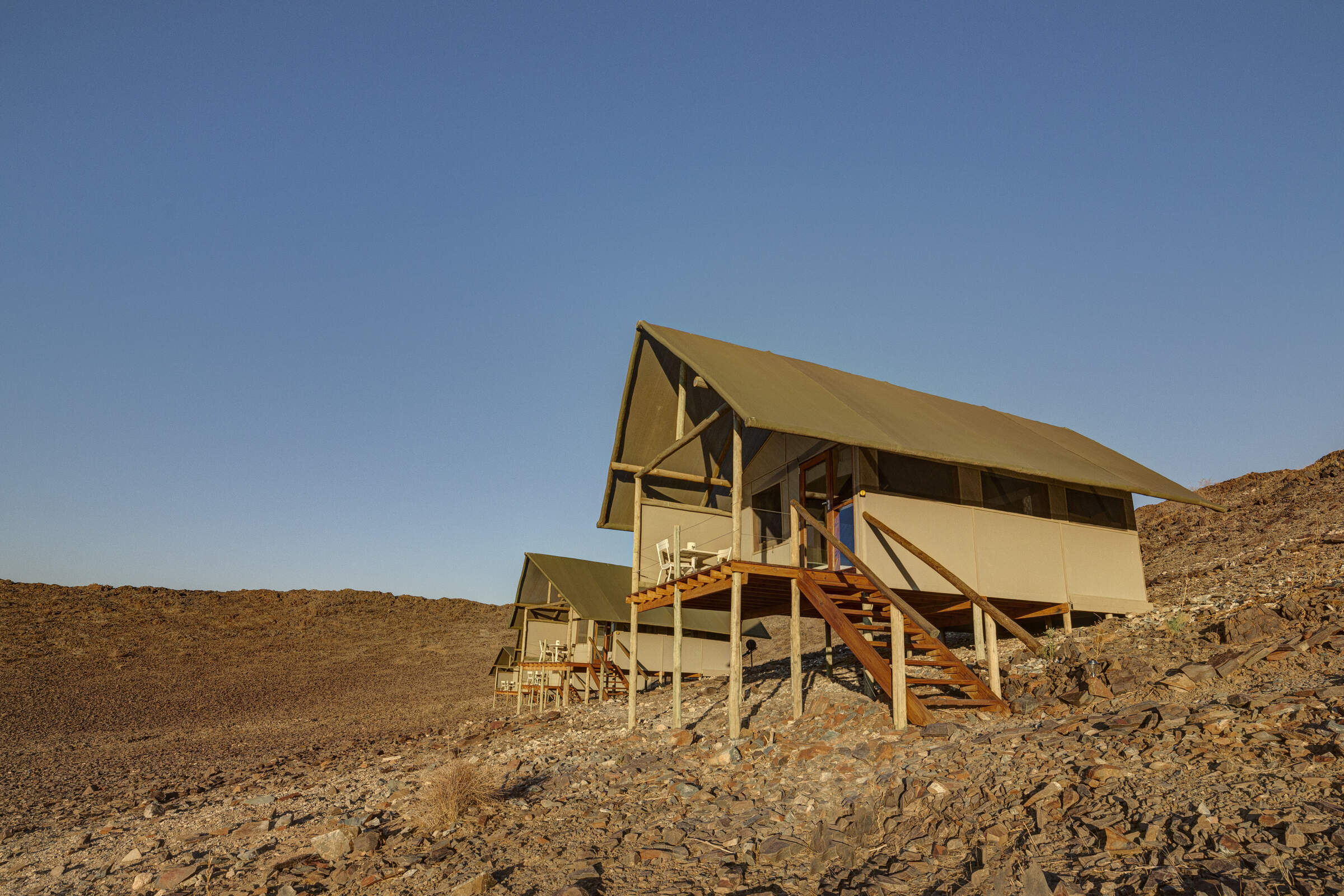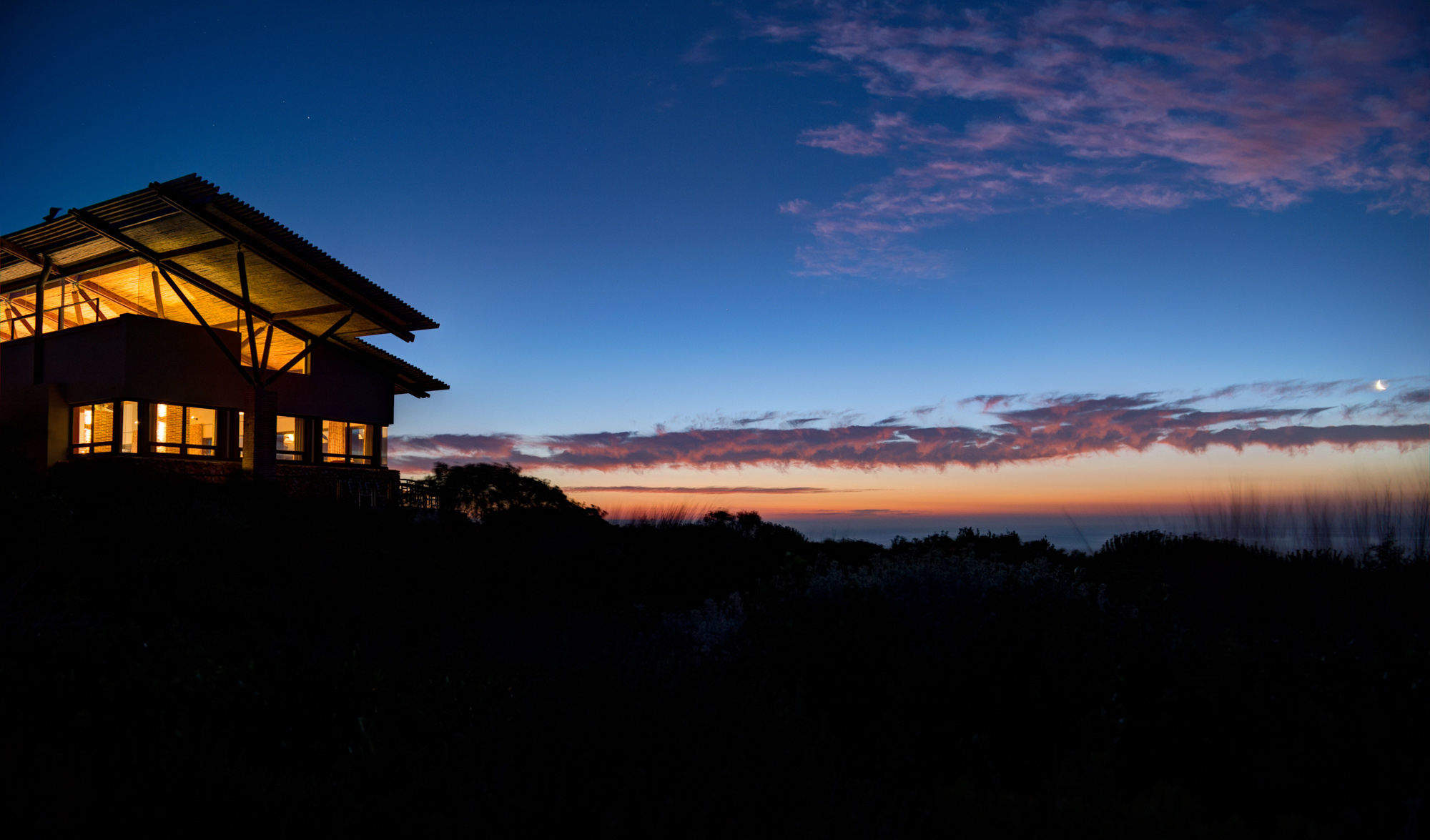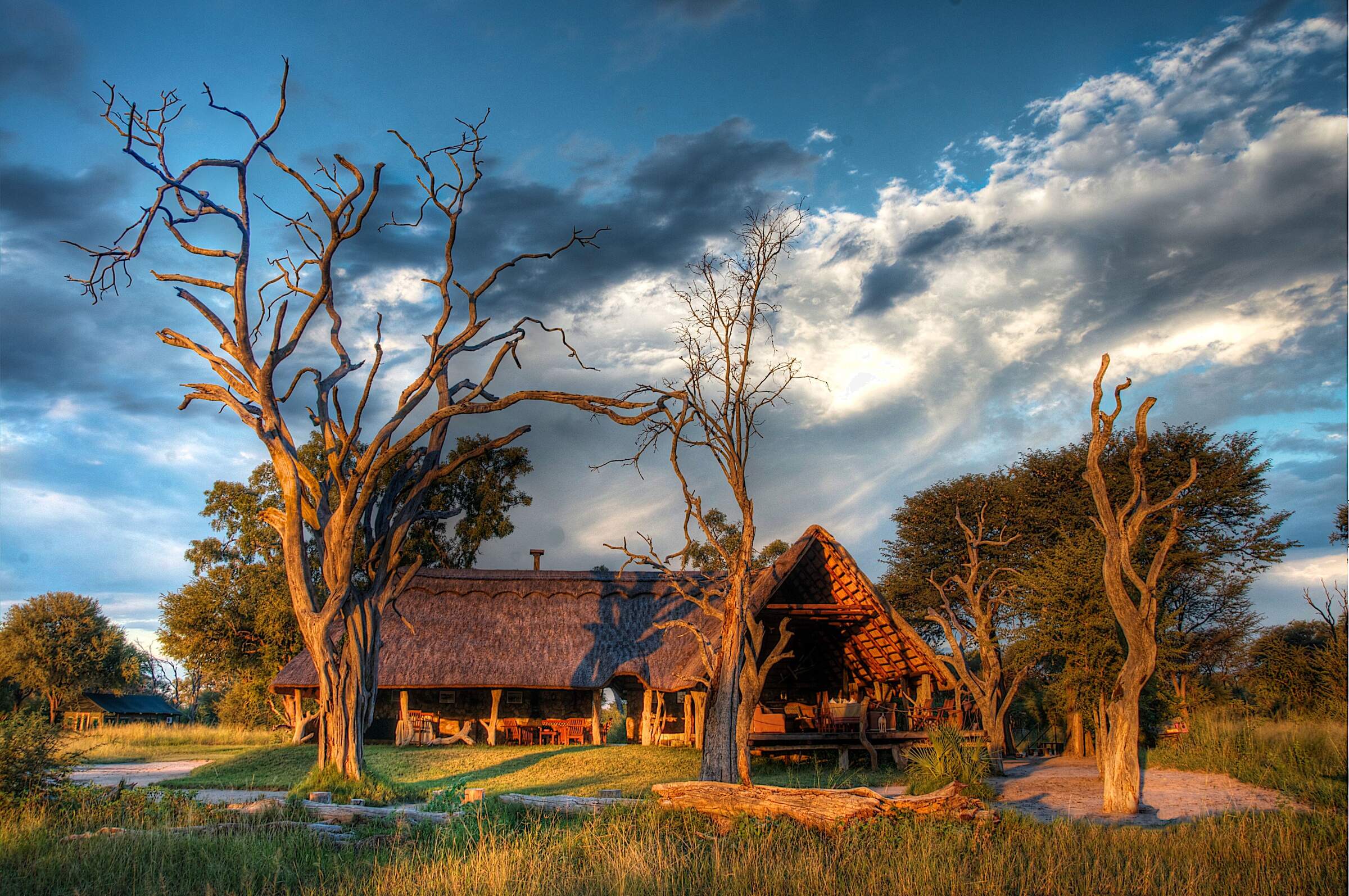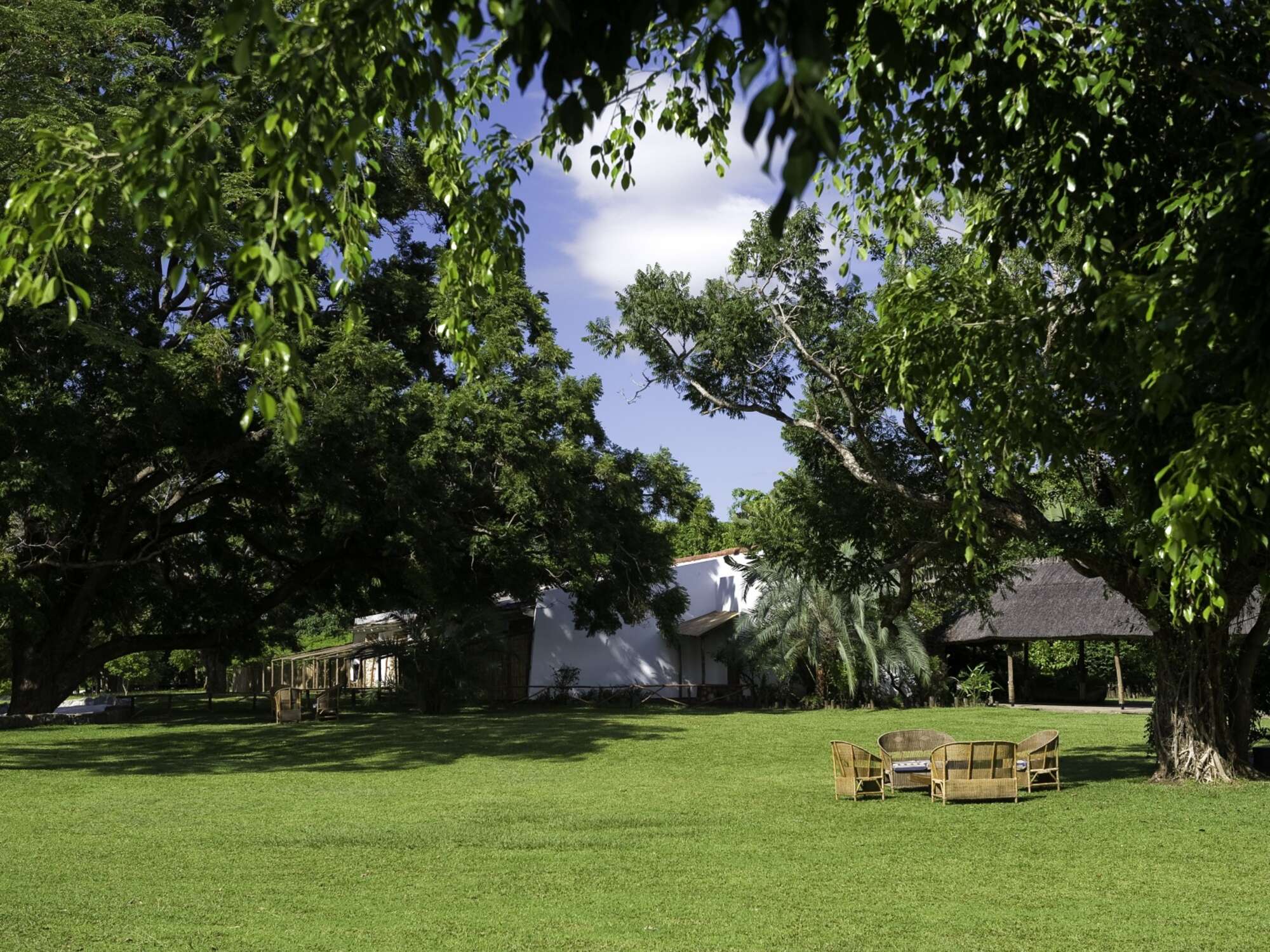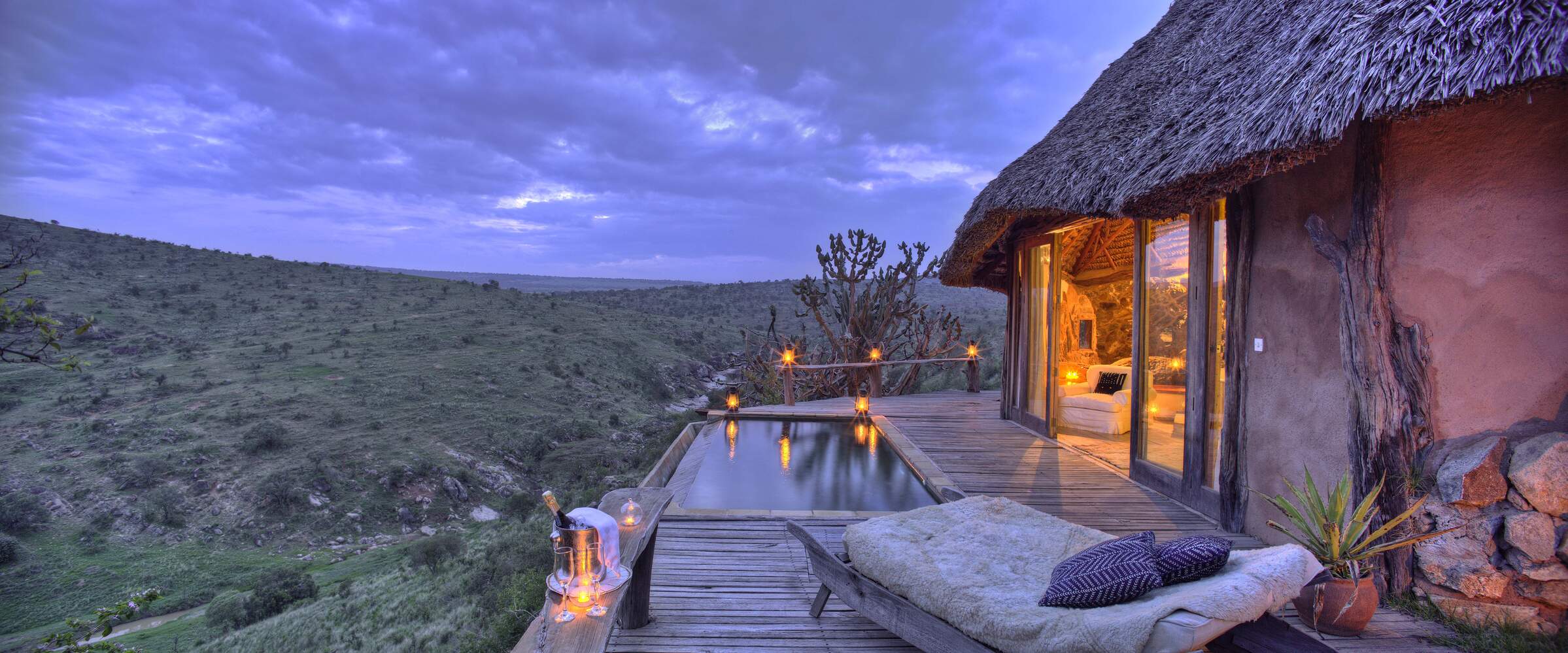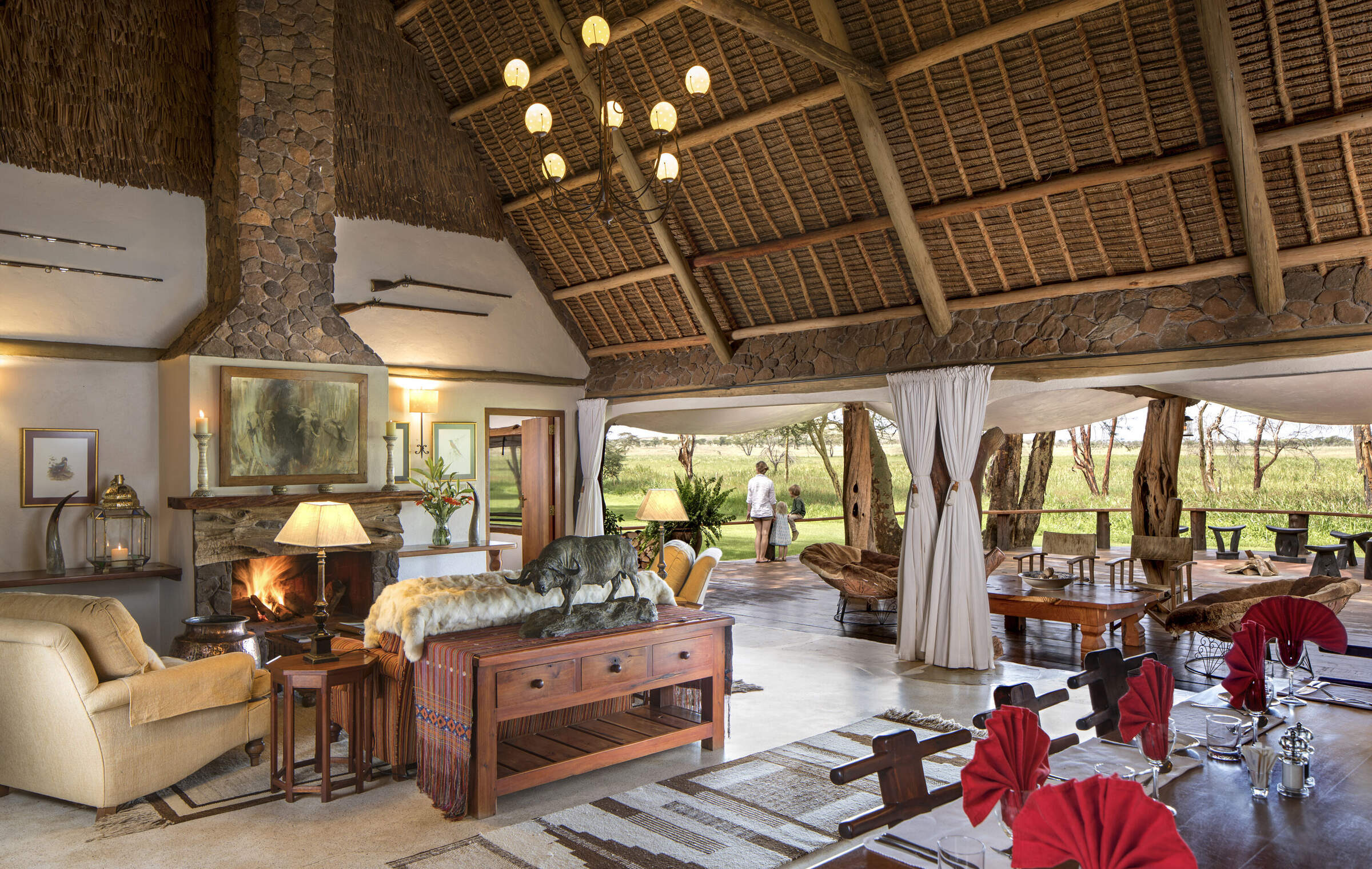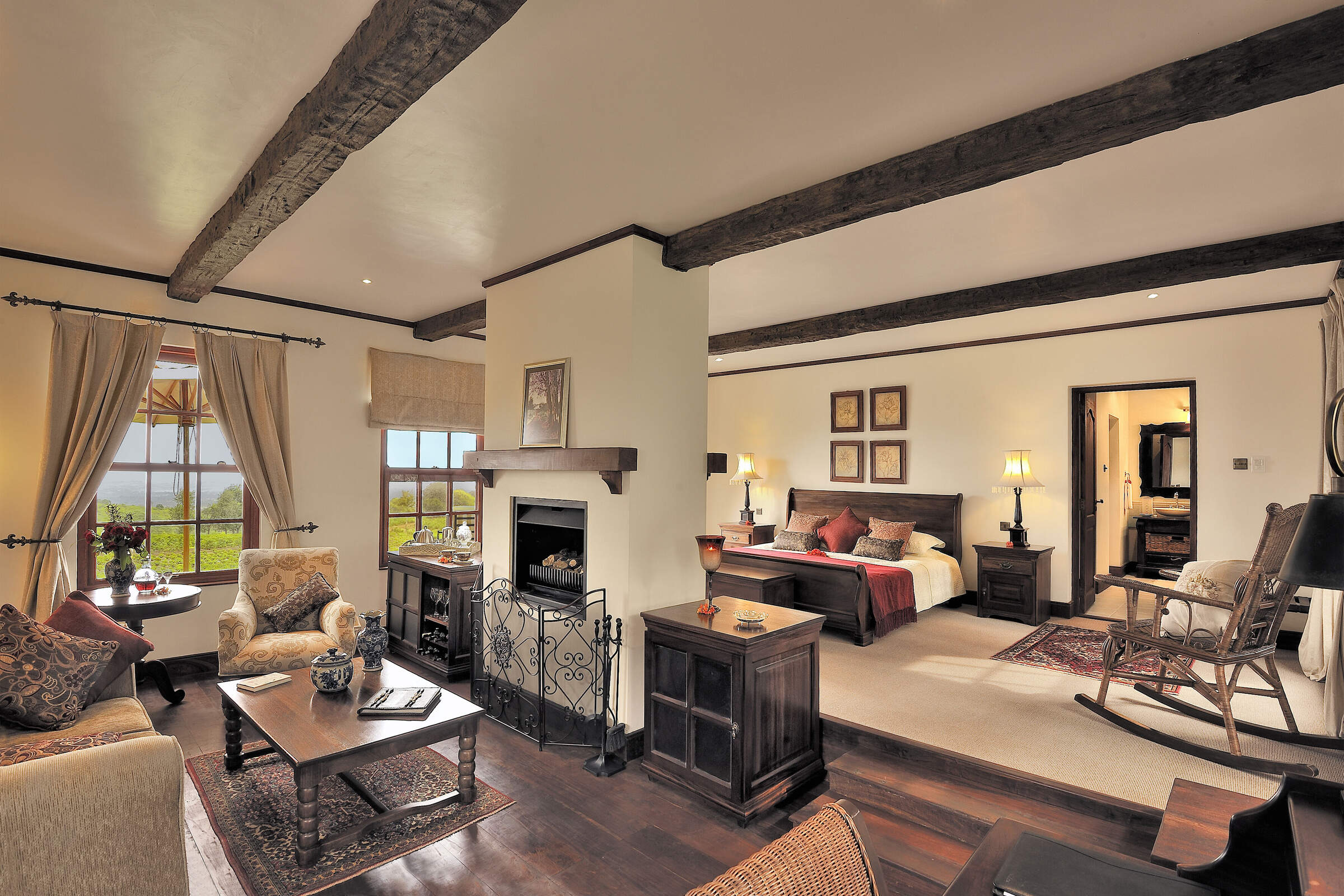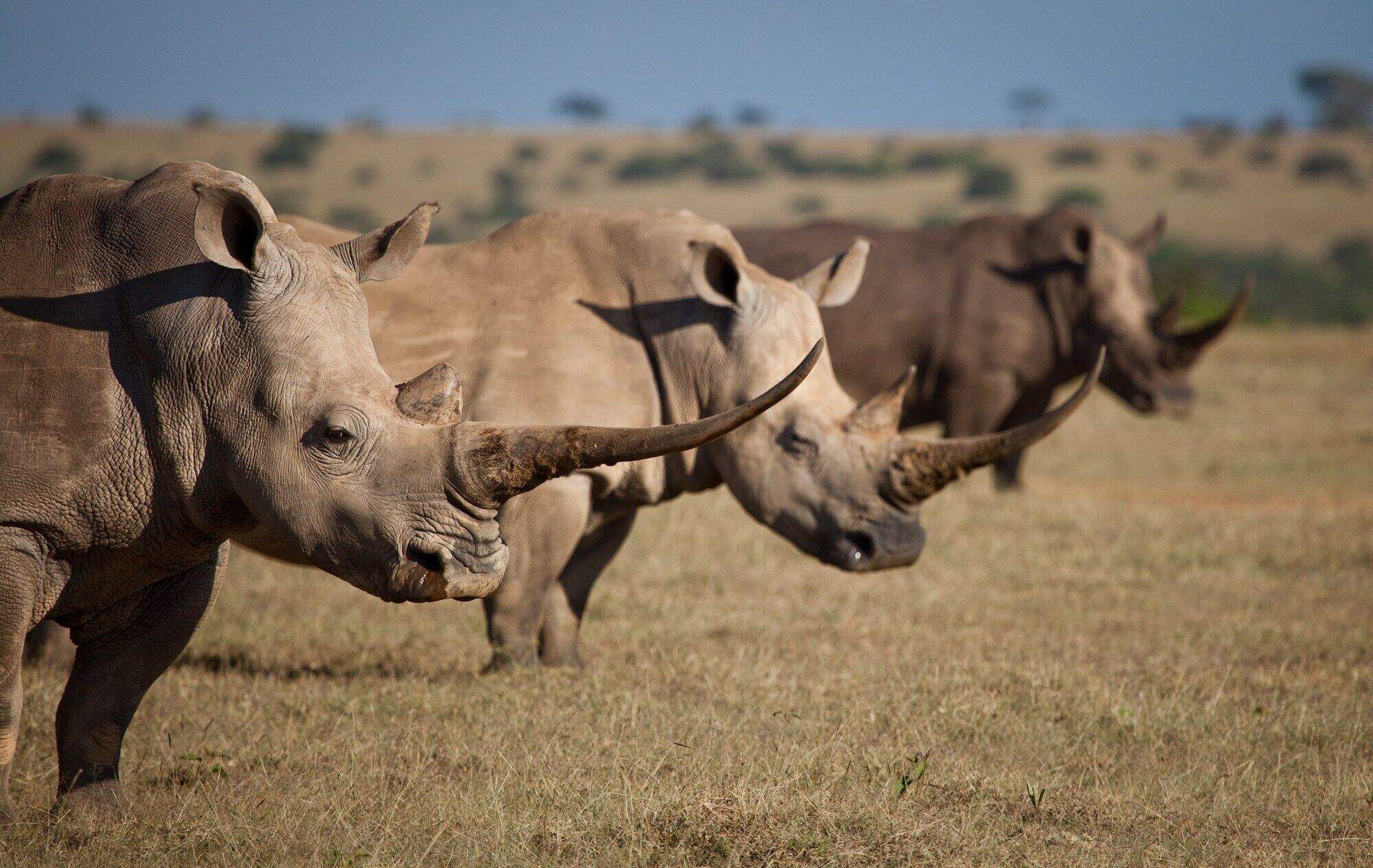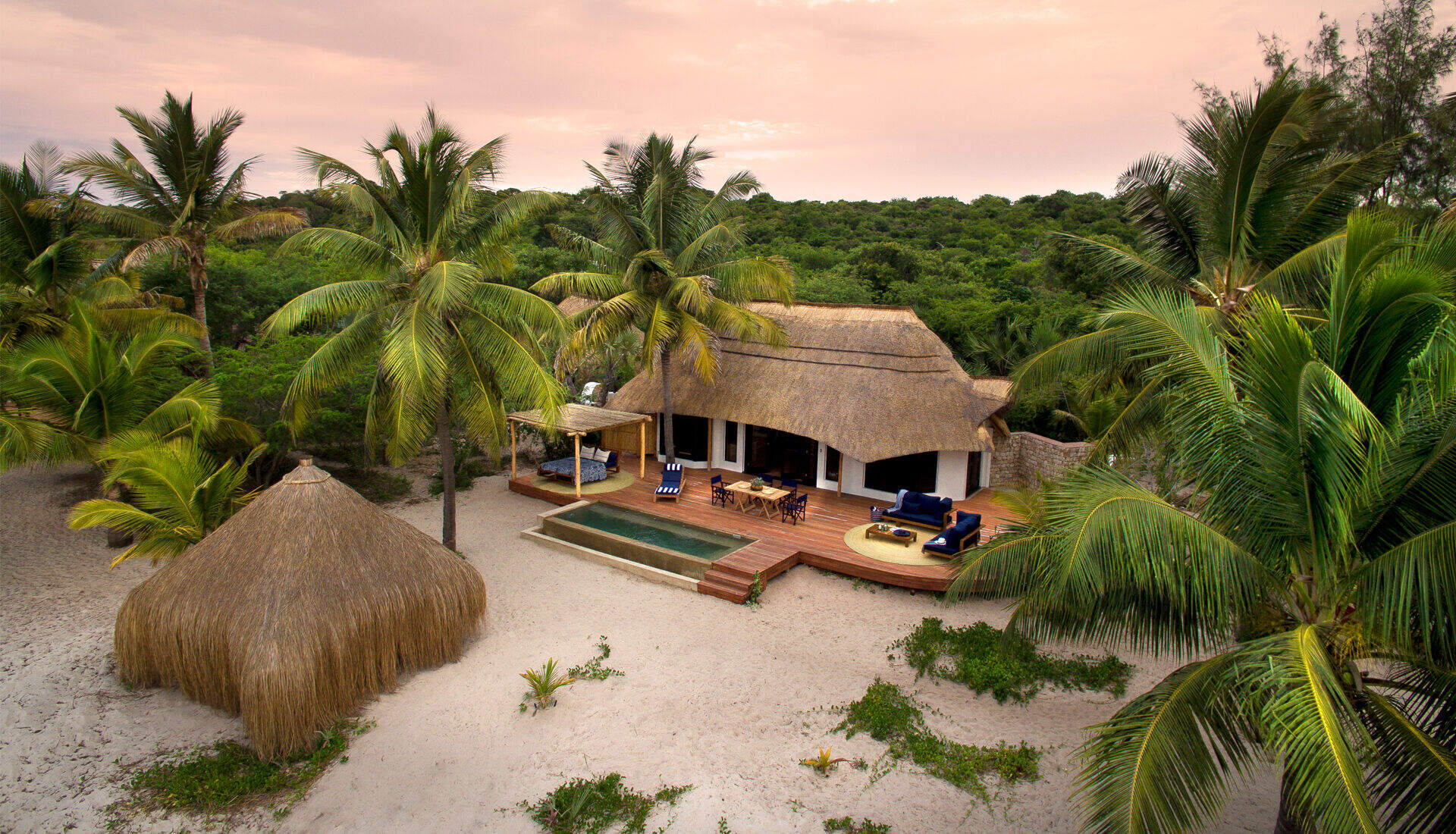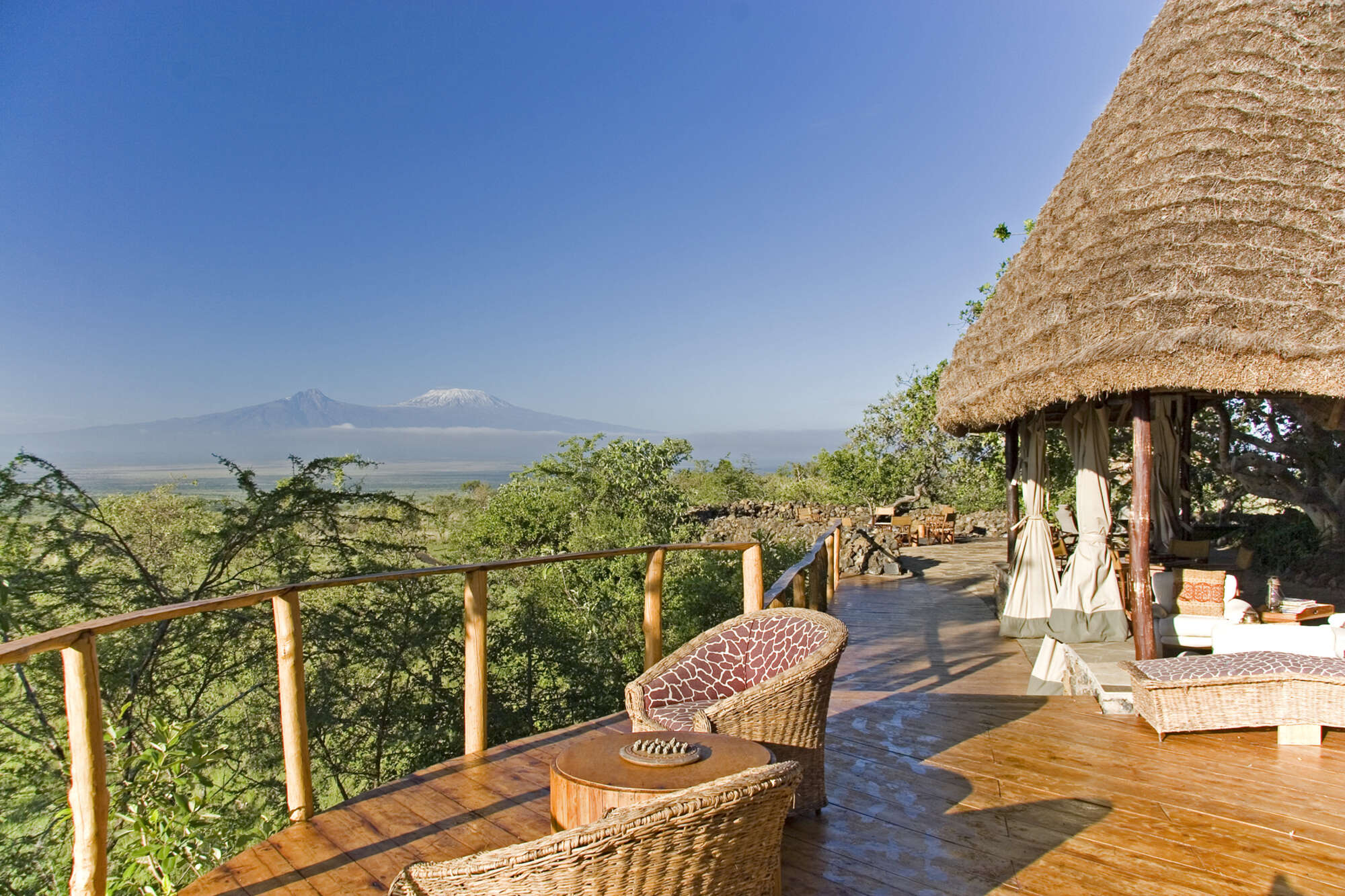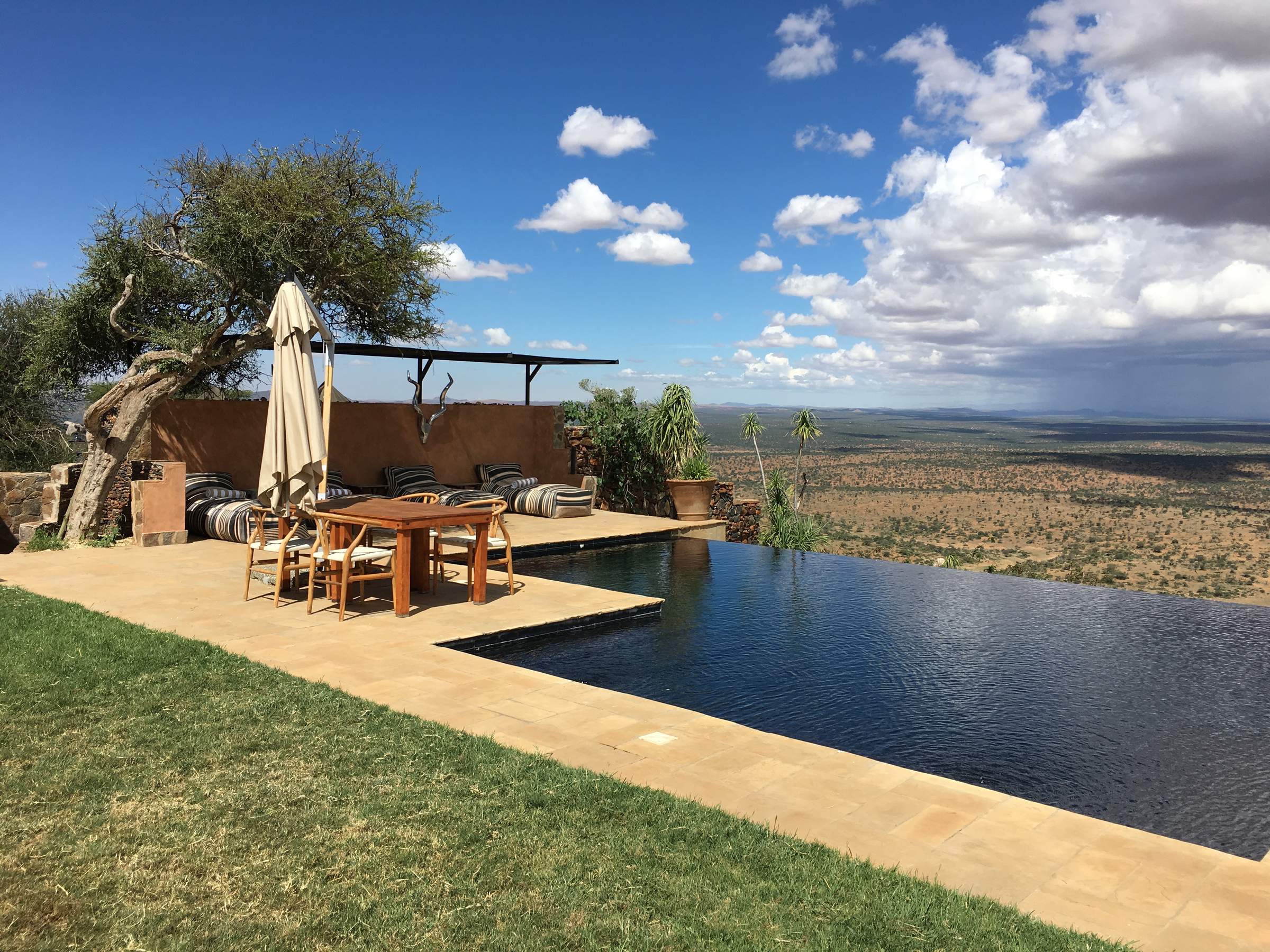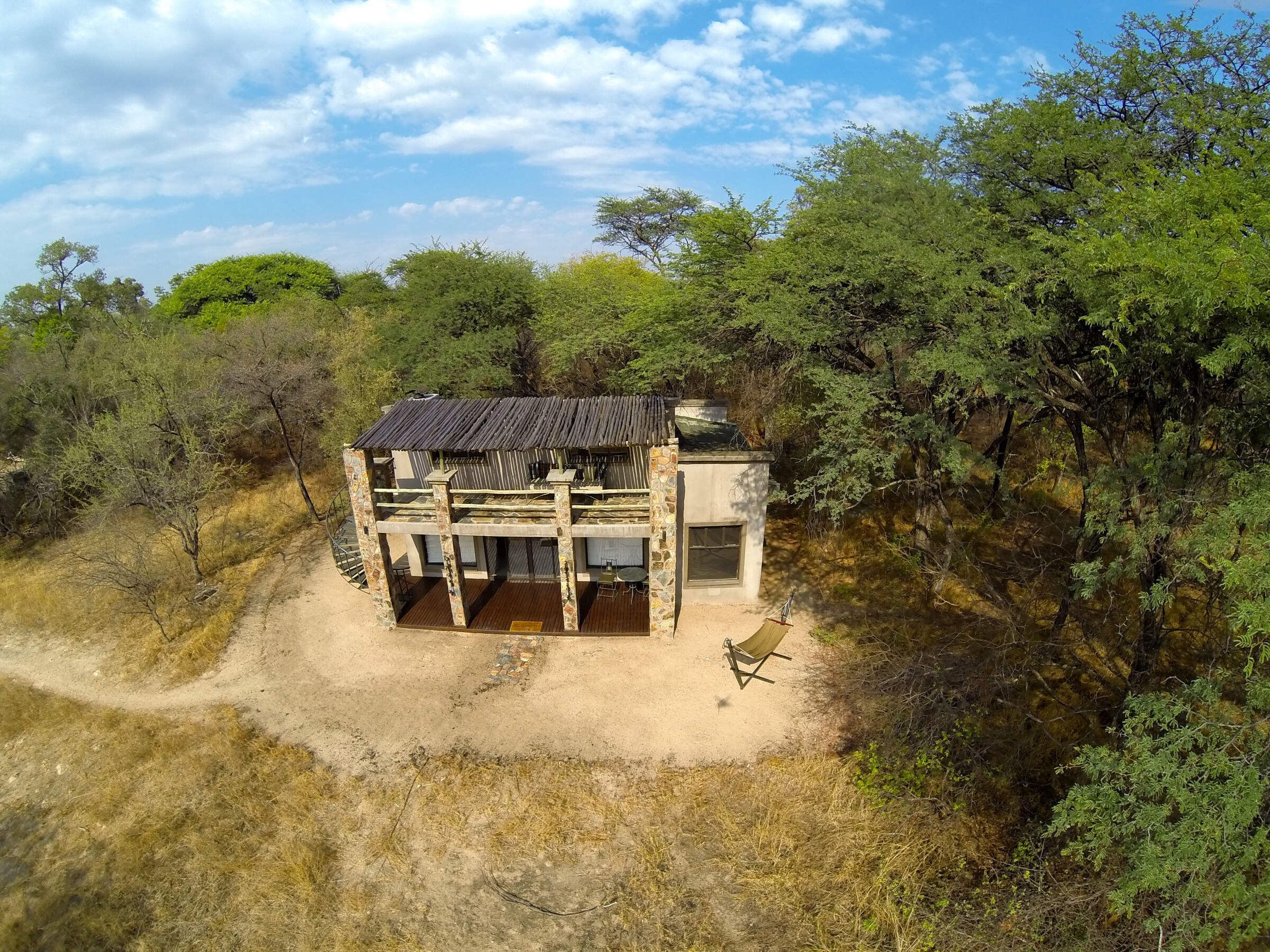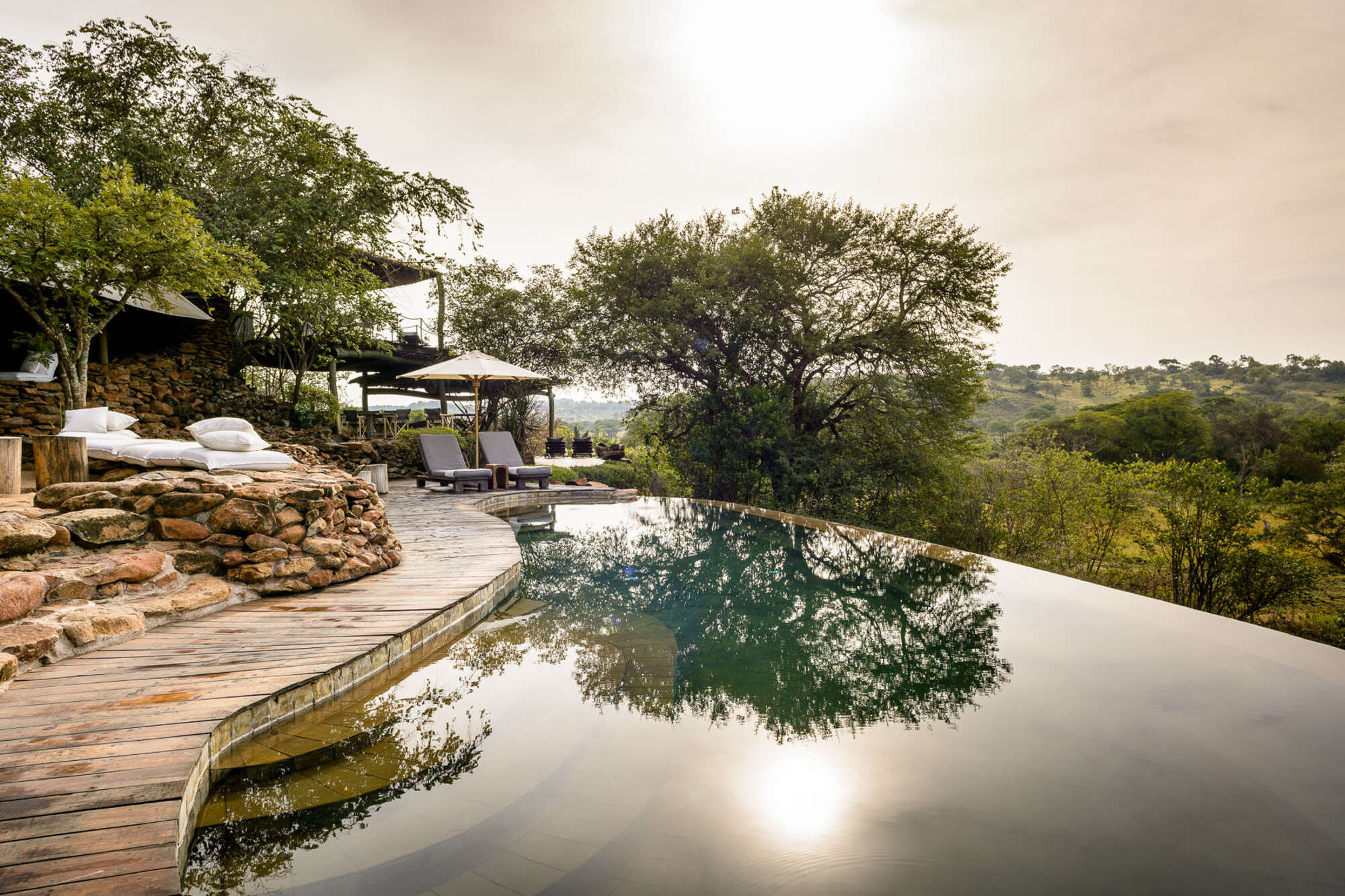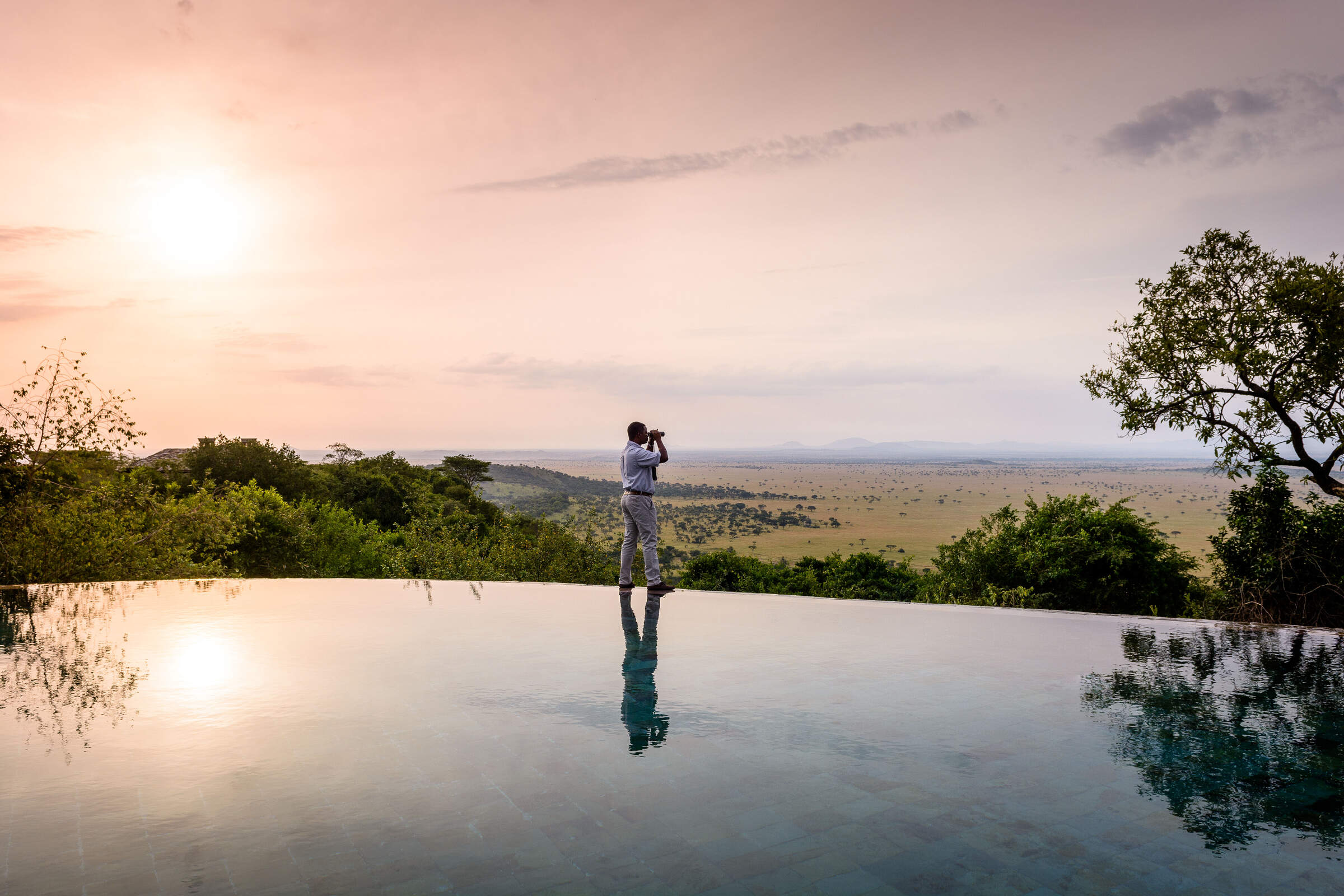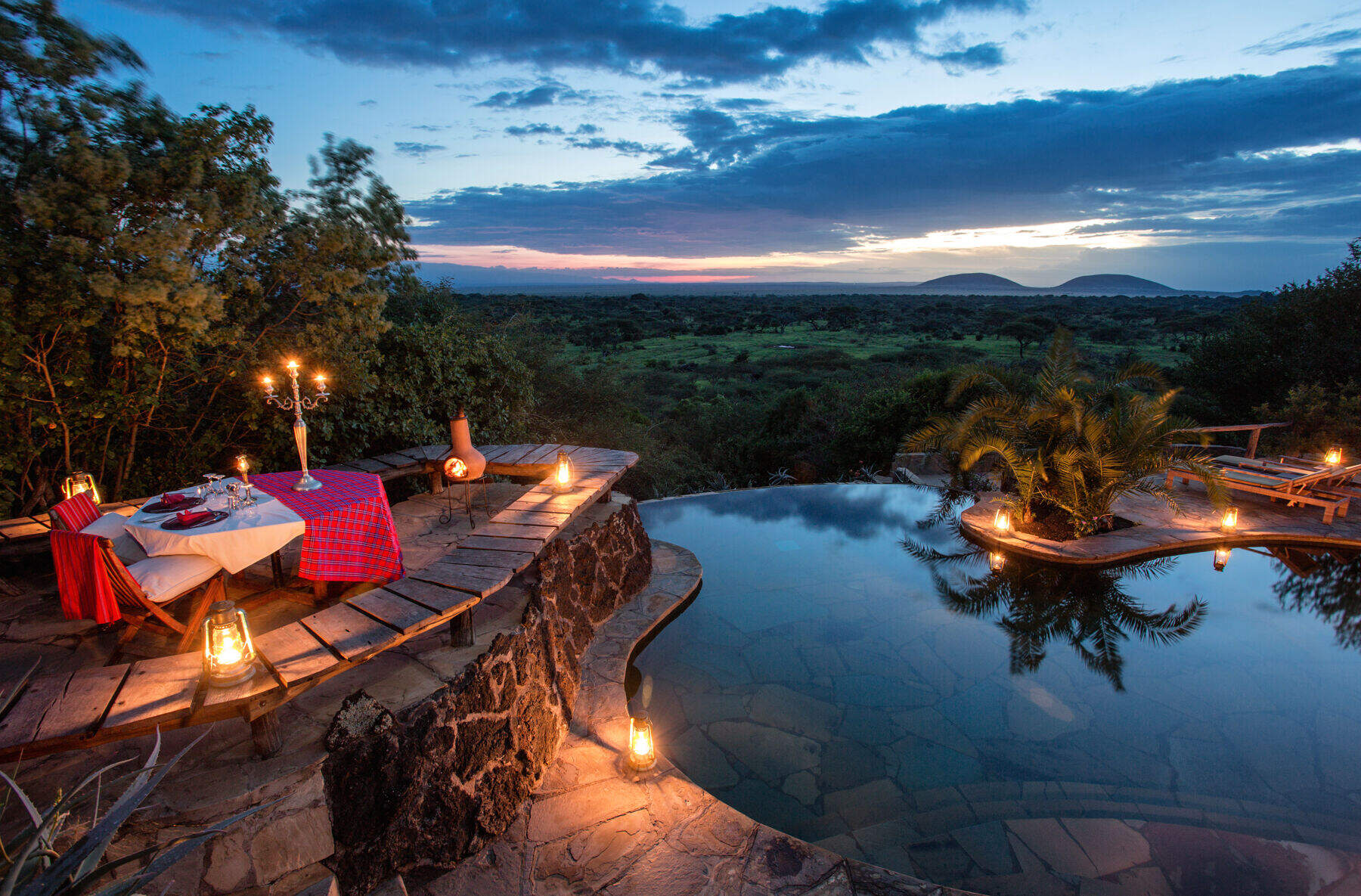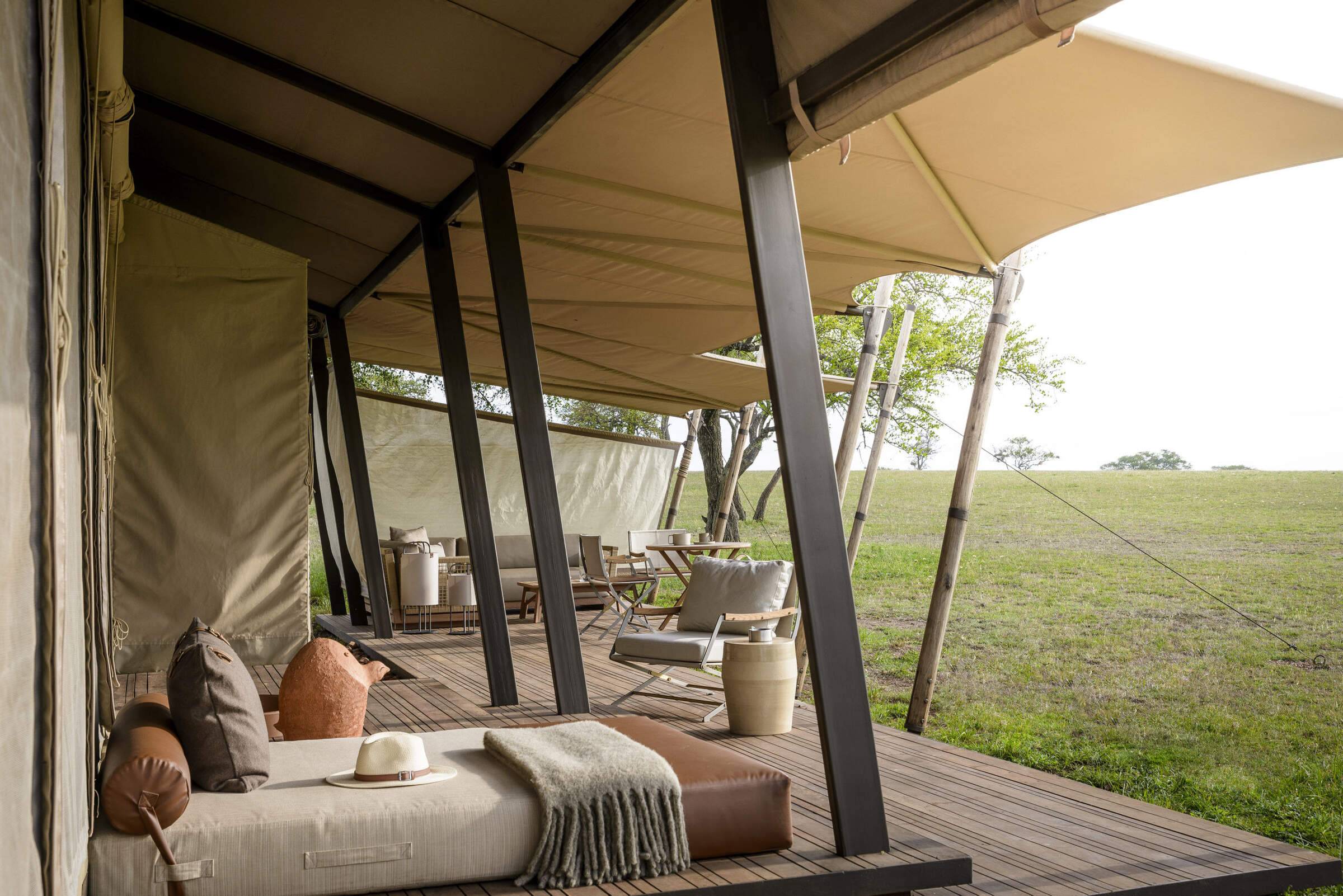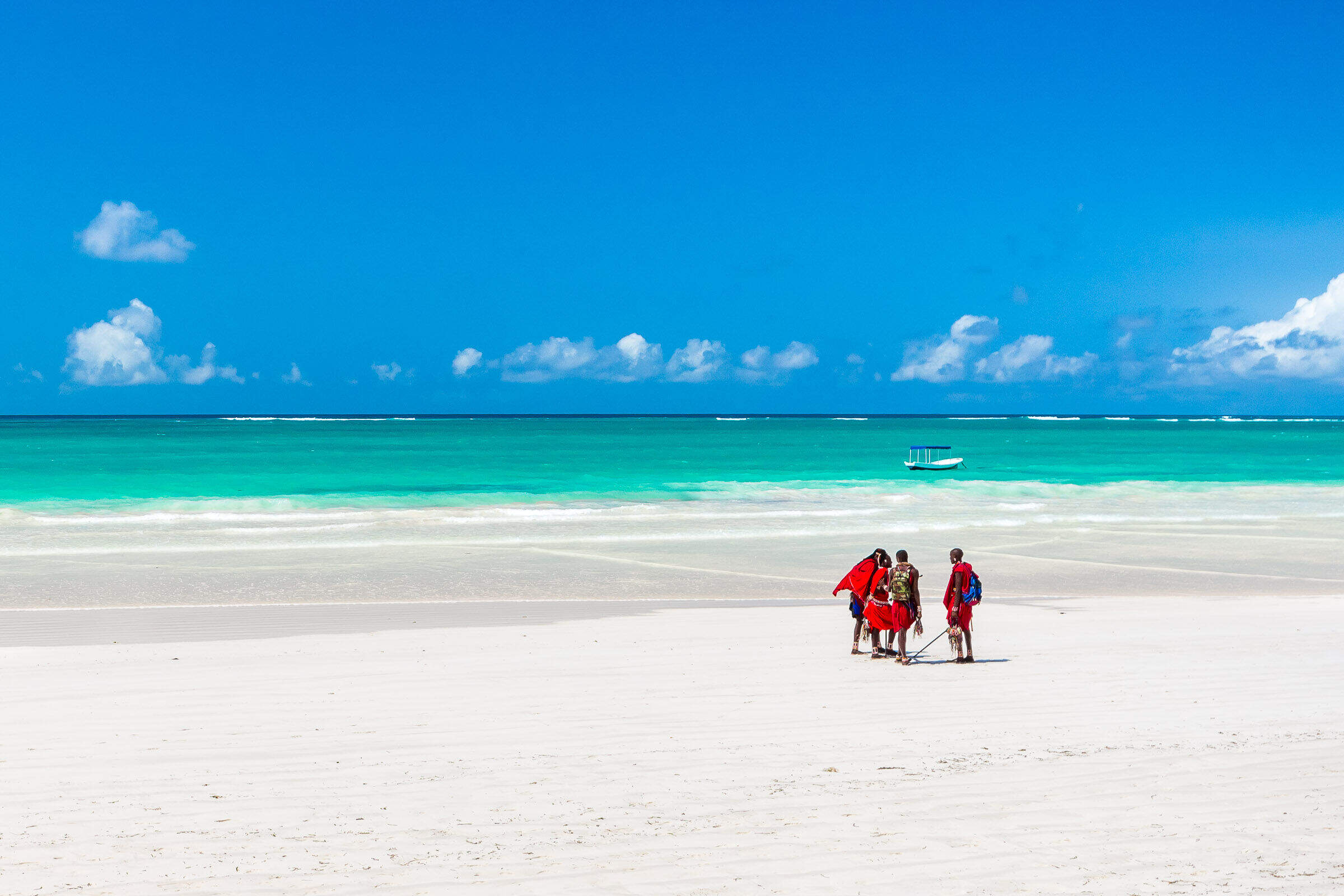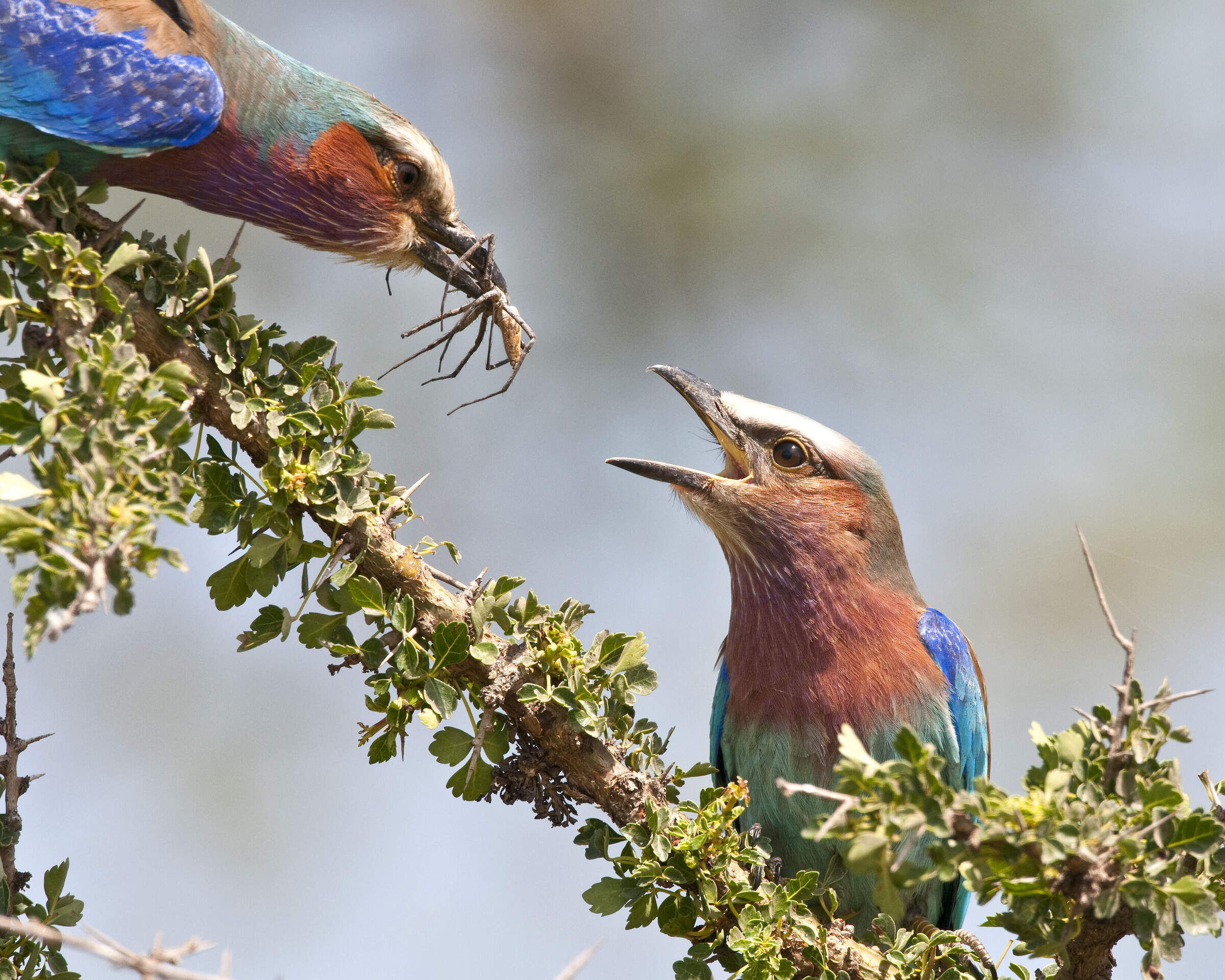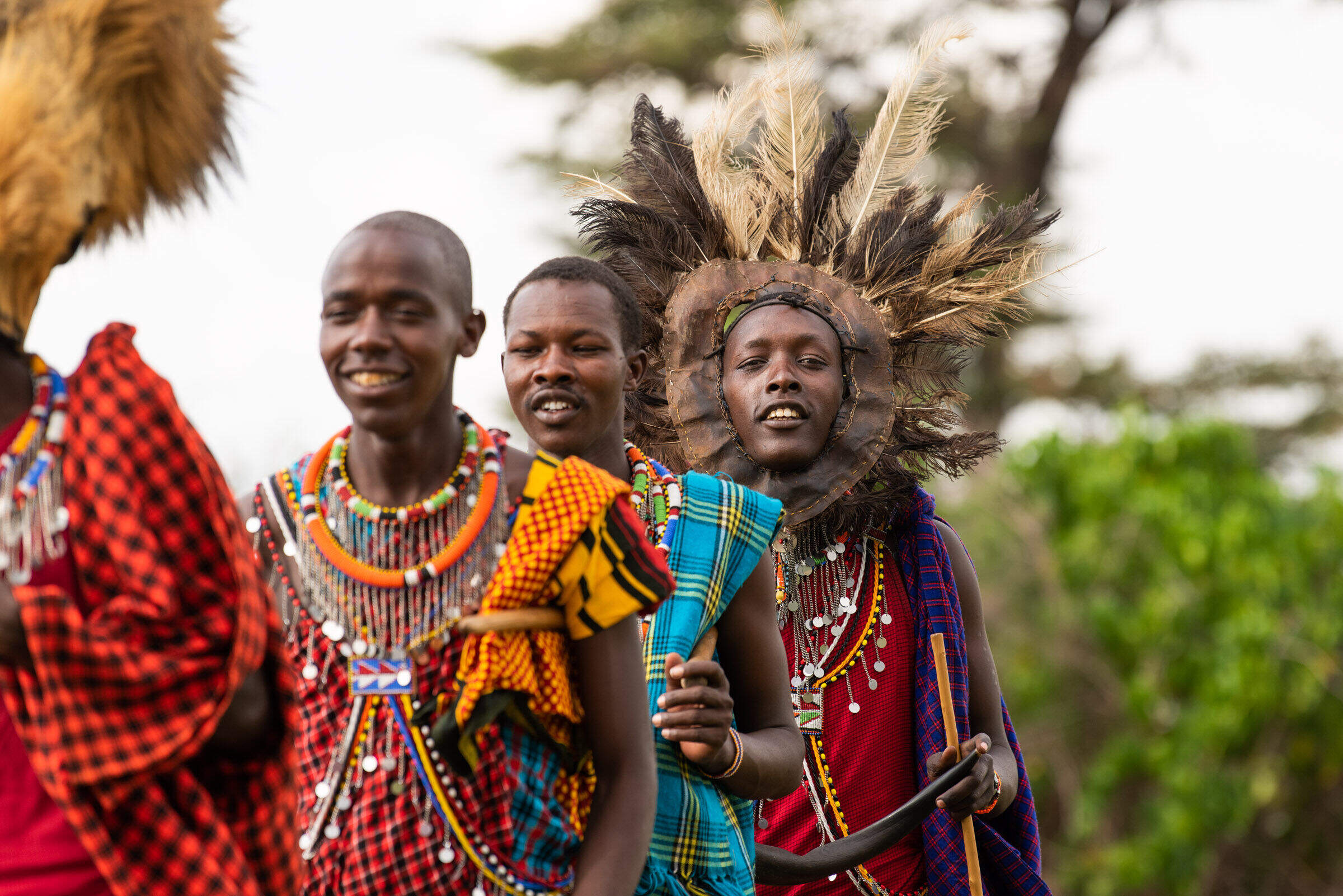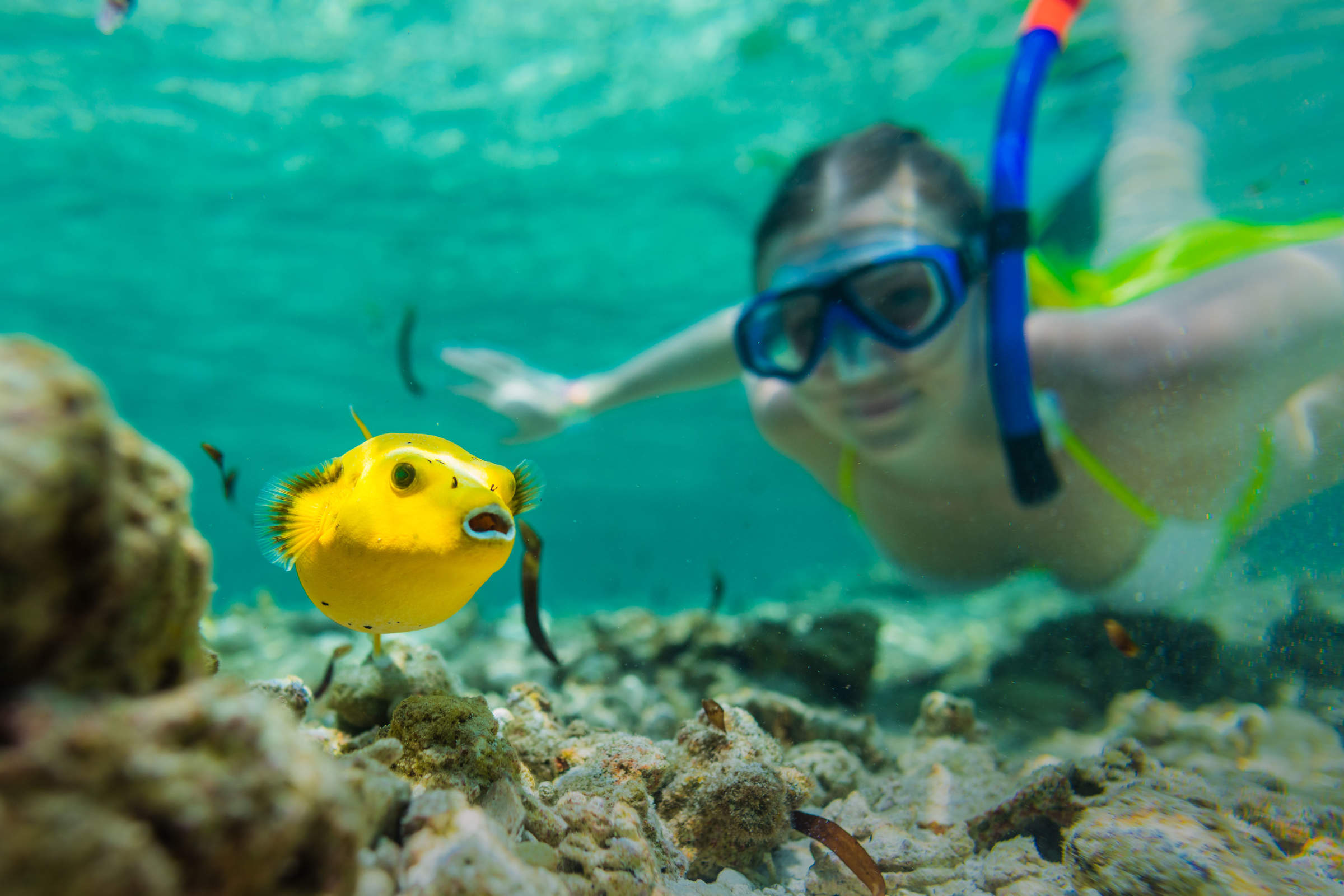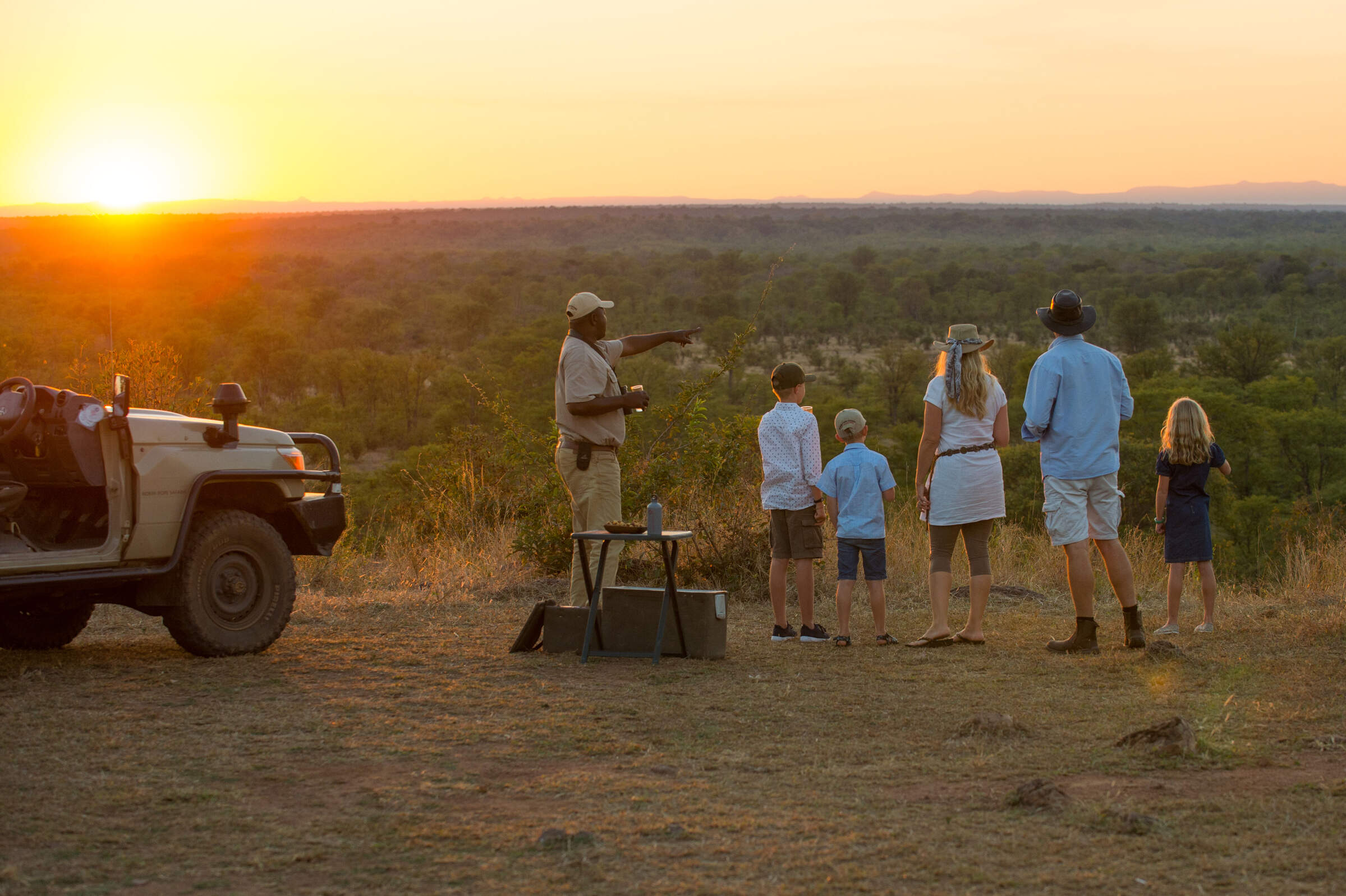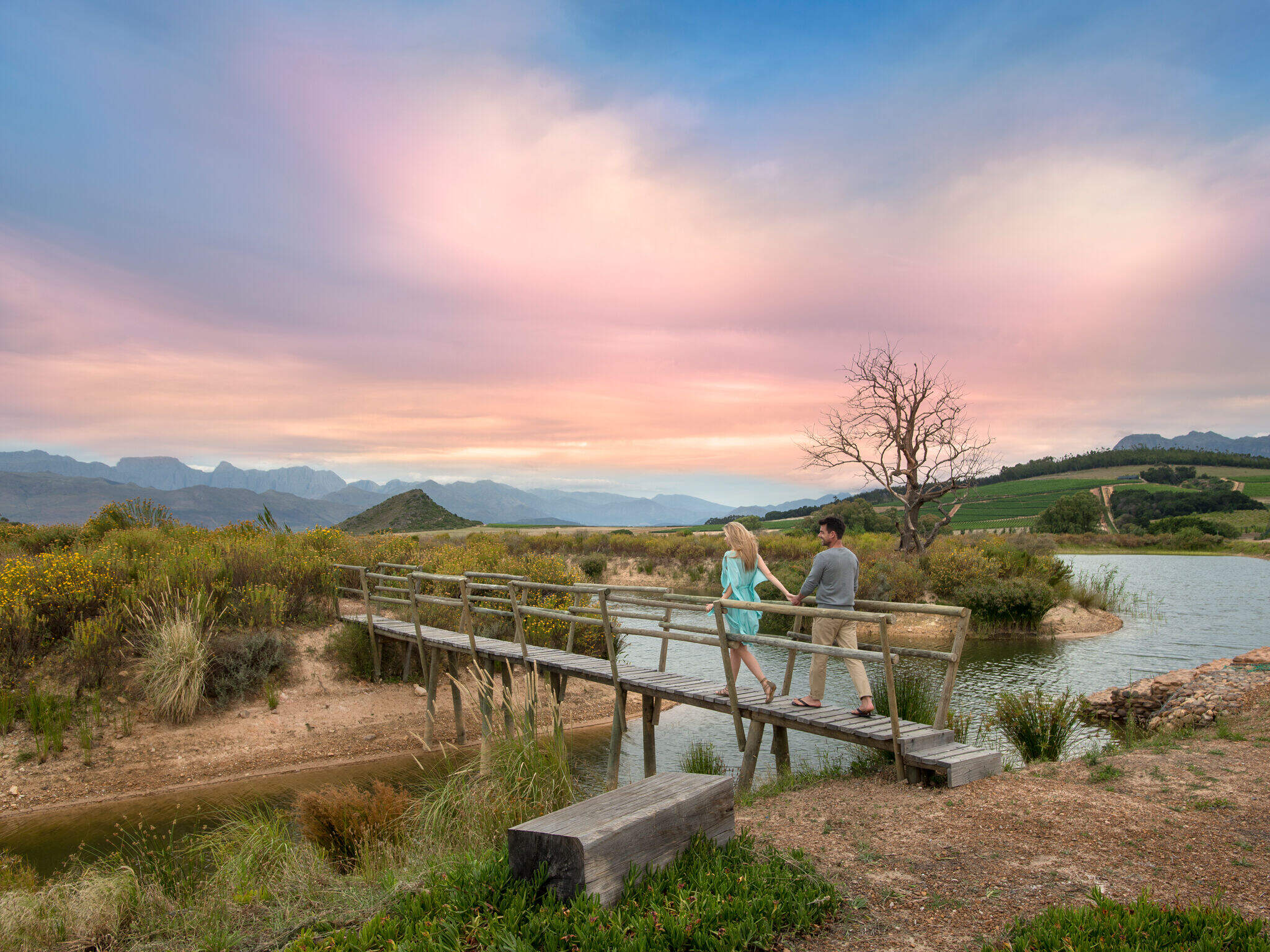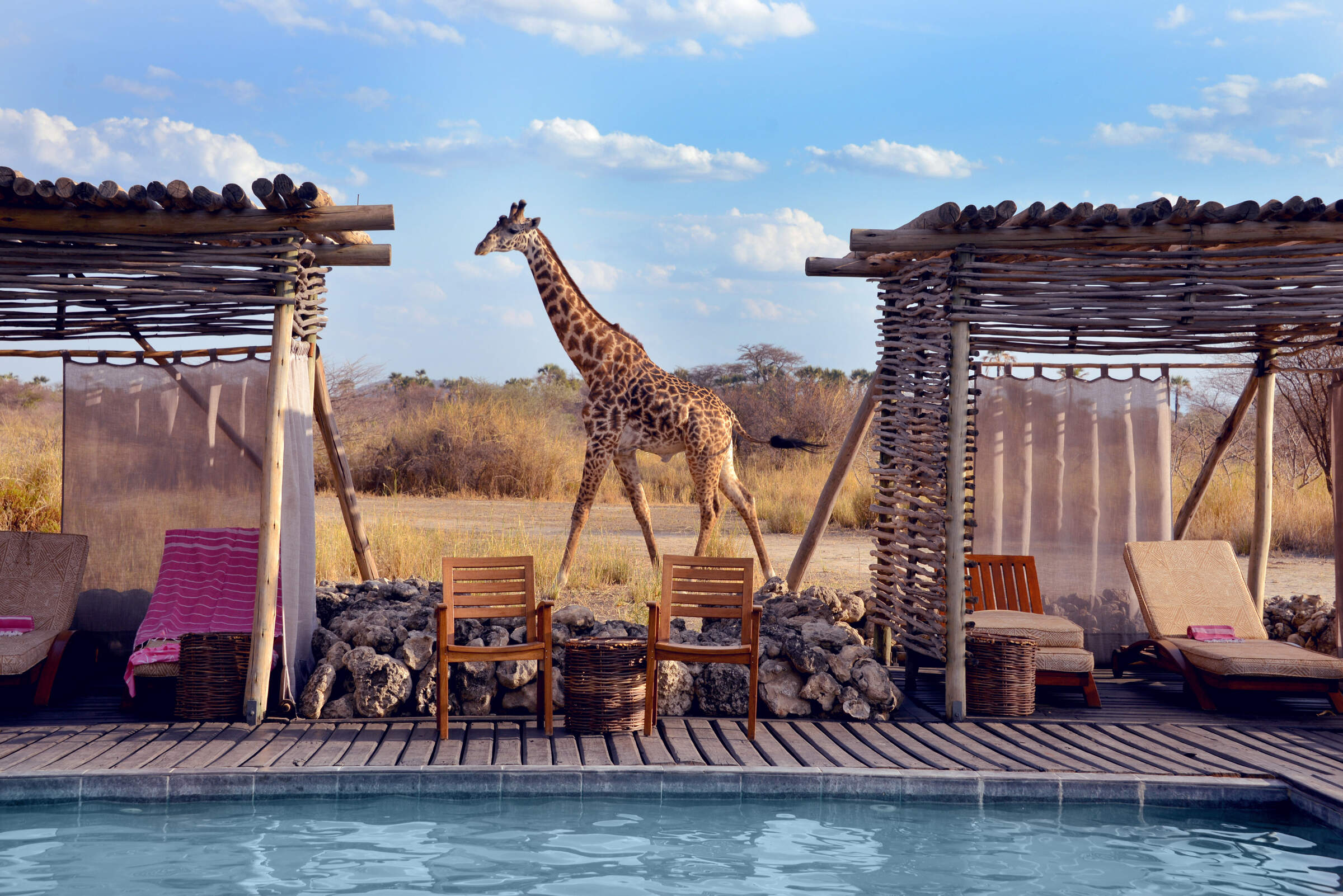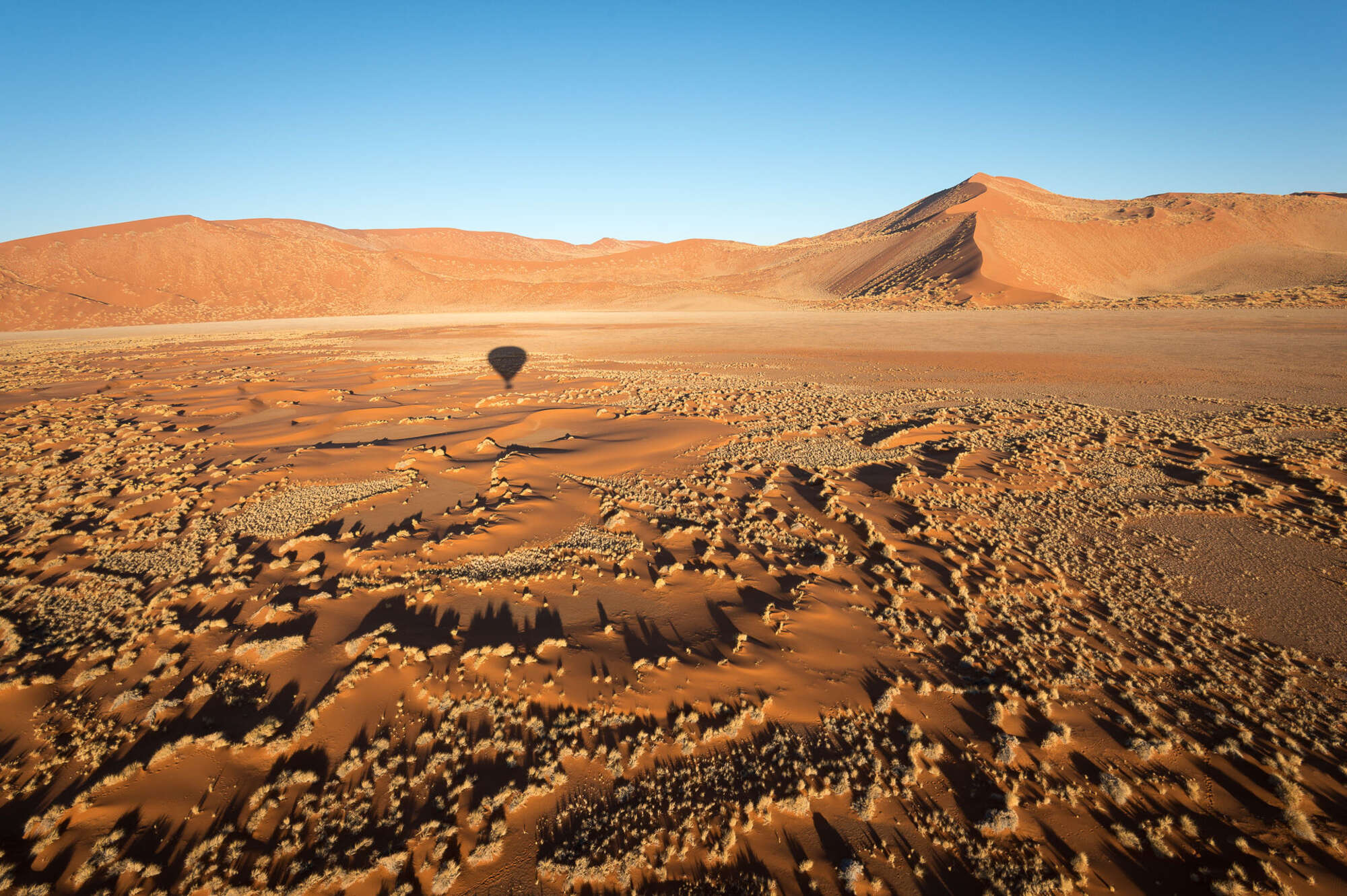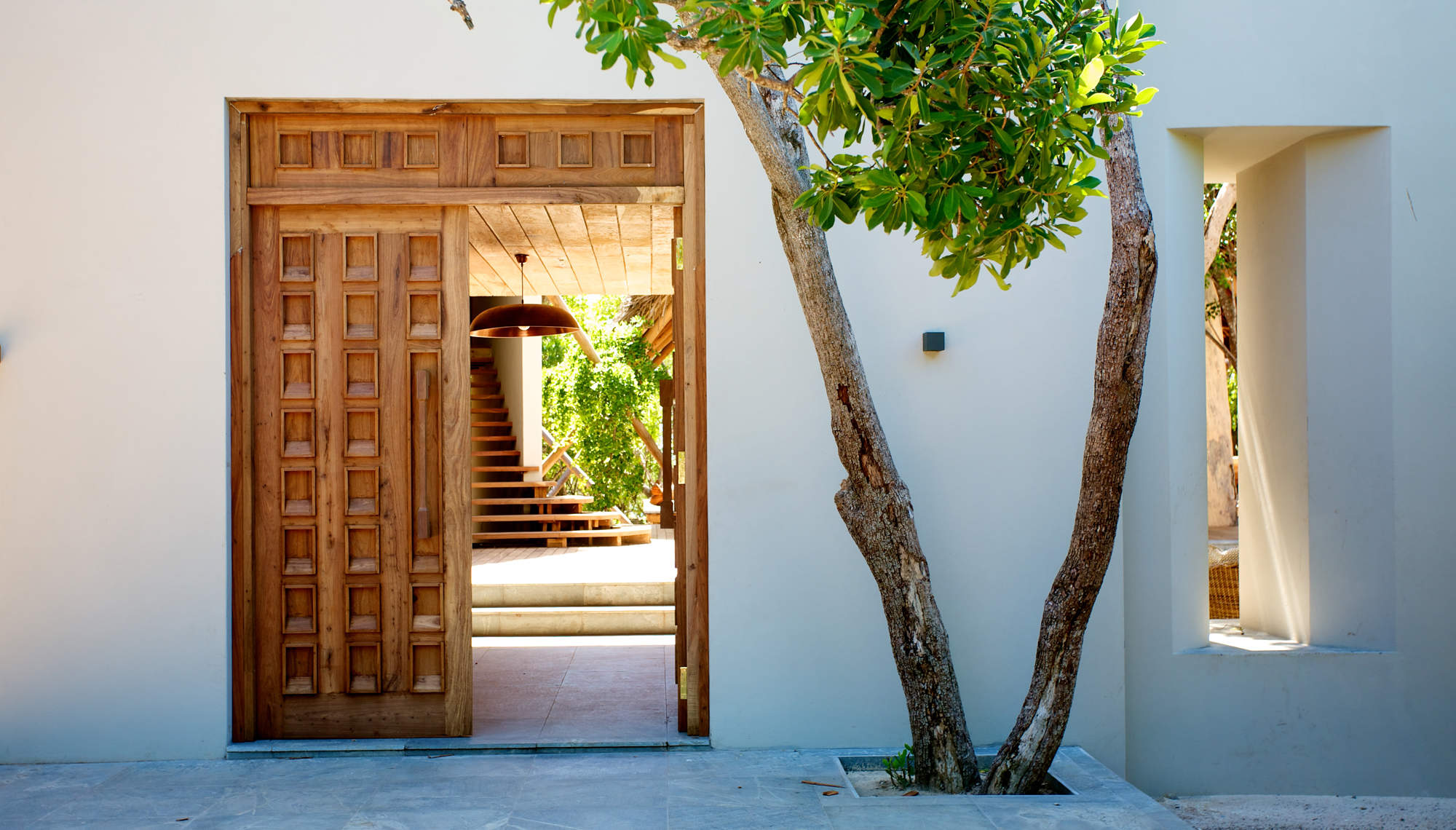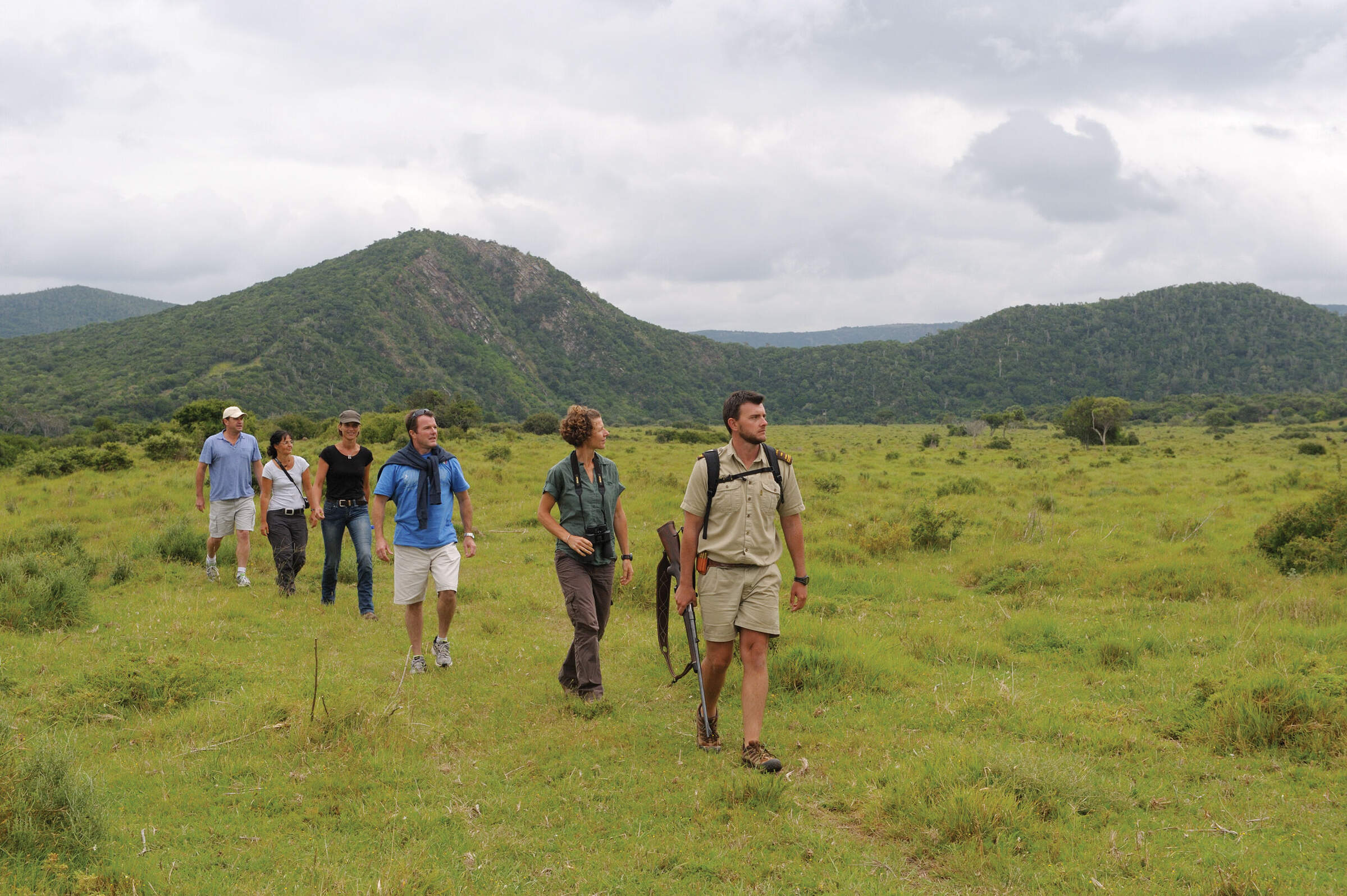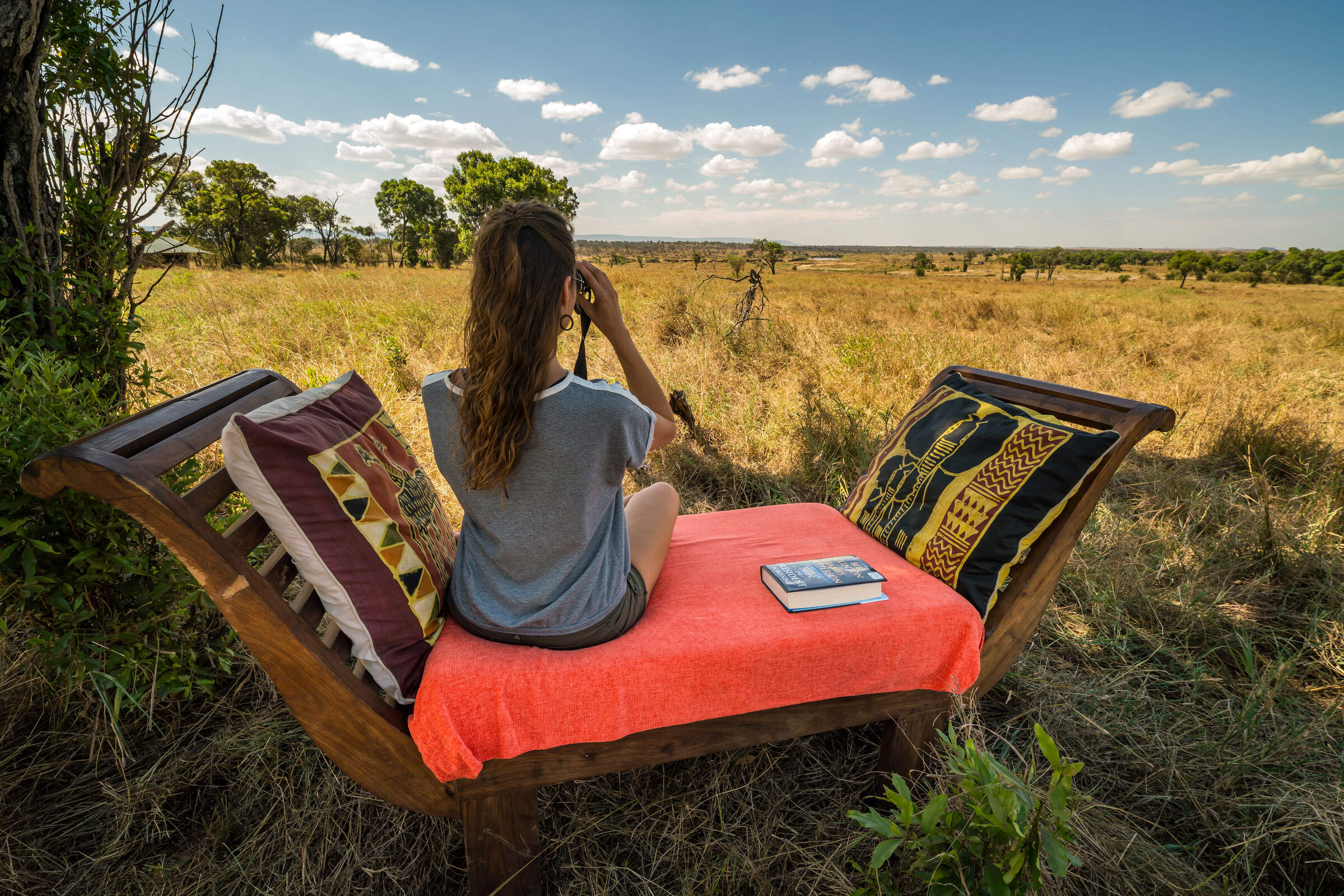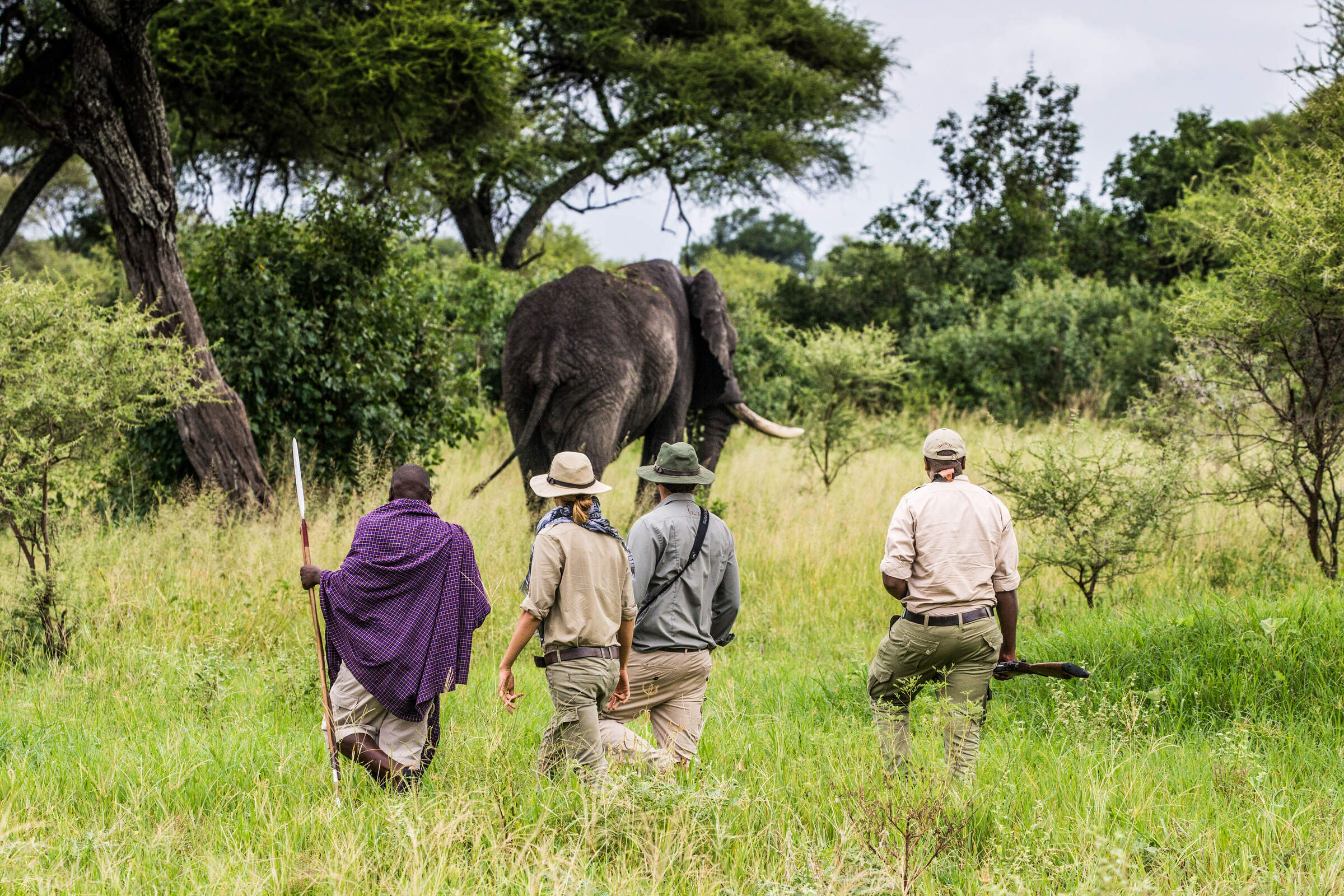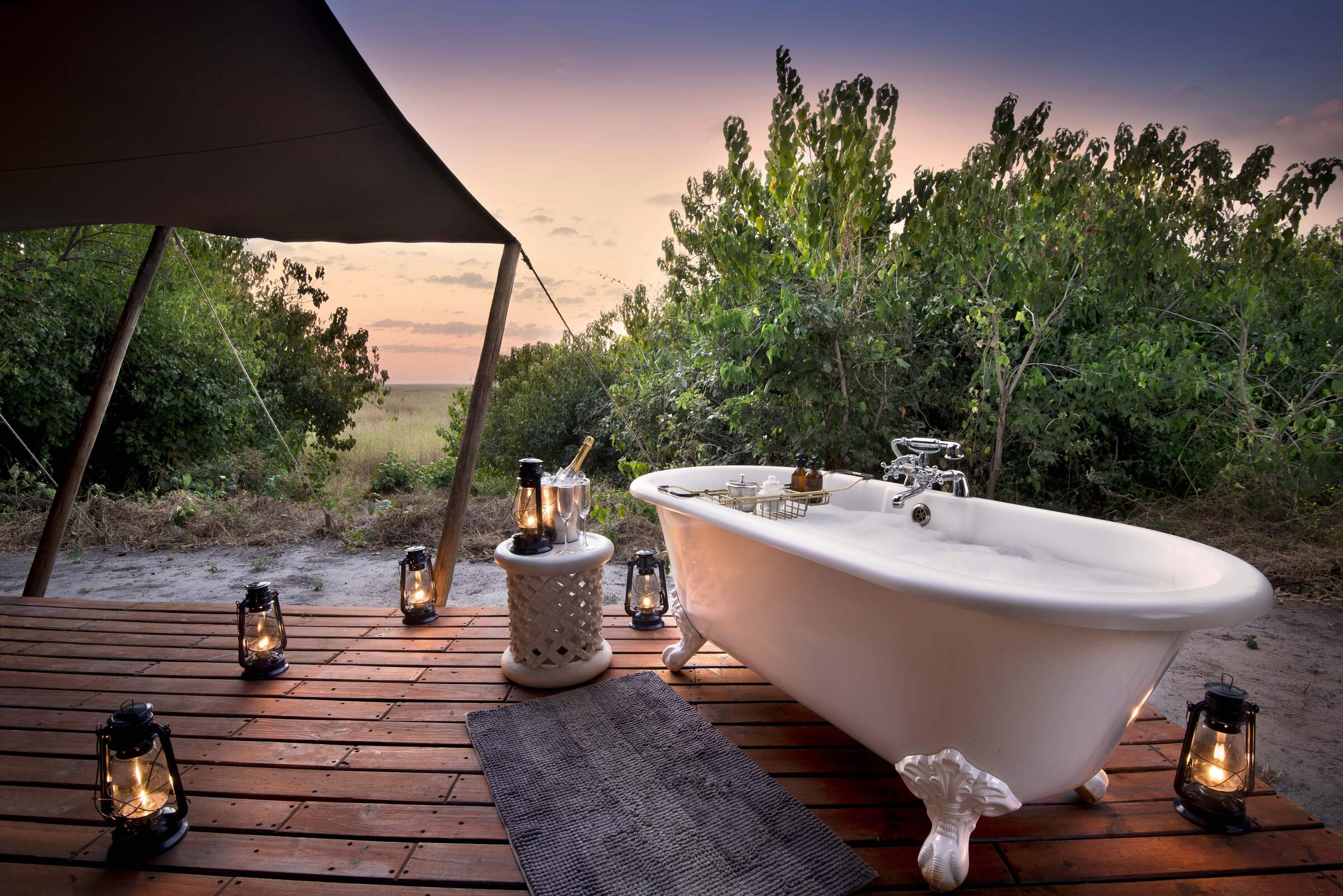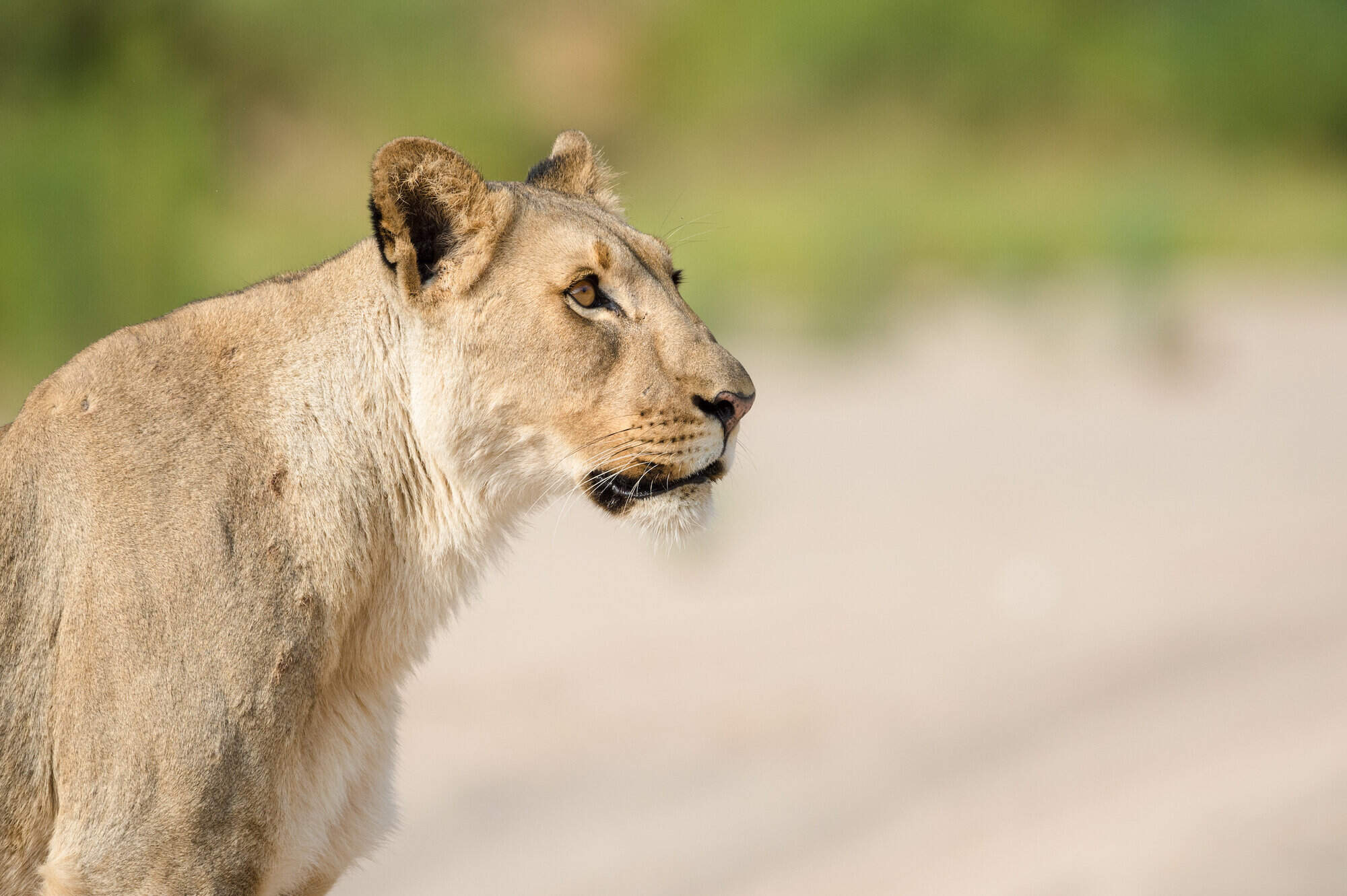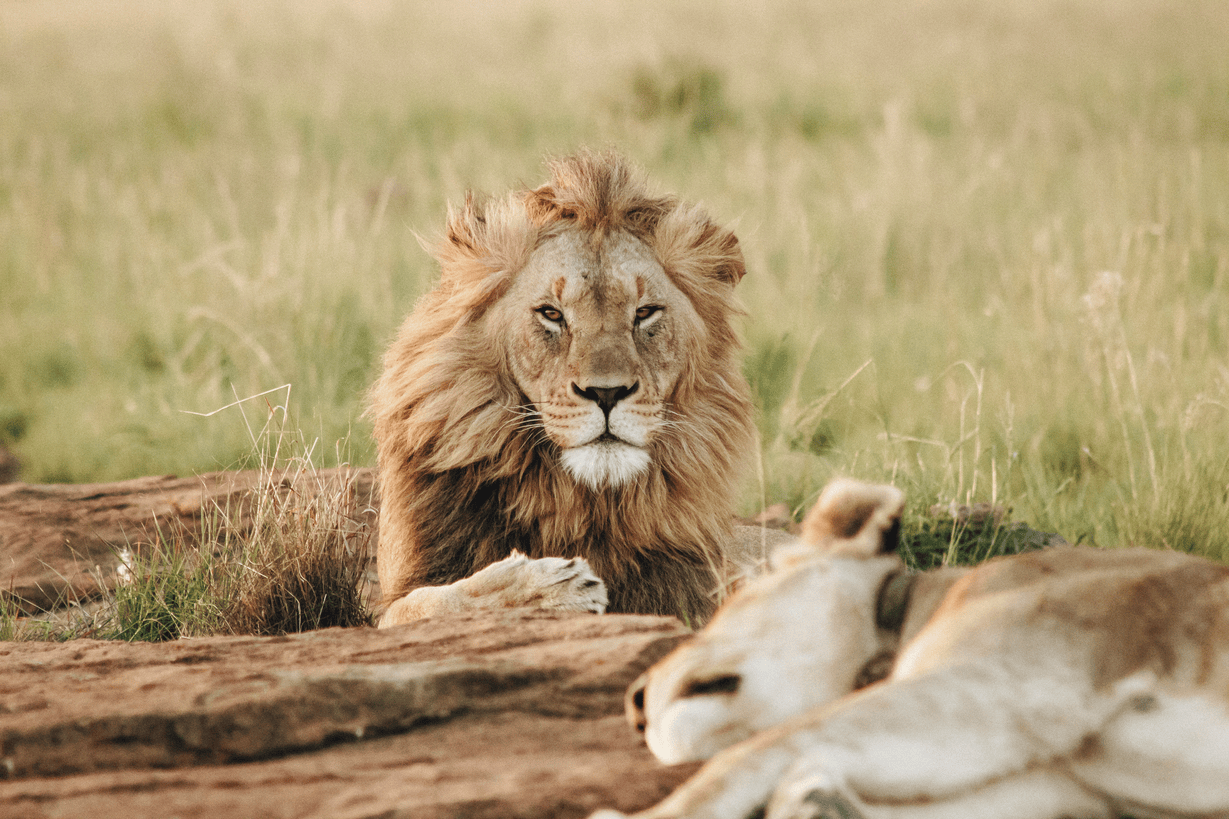Ride into the heart of Africa
For those who love life in the saddle, there are few experiences as exhilarating as riding through Africa’s wild landscapes. Across the continent, from the open plains of Kenya to Namibia’s sweeping deserts and Mozambique’s white-sand beaches, riding safaris offer a thrilling, intimate way to explore.
You might canter alongside herds of giraffe, weave quietly between browsing antelope, or feel the distant rumble of a zebra herd across open grasslands. On horseback, the rhythms of the wild seem closer: the scents sharper and the sights more immediate. Wildlife often views you as part of the landscape, allowing for remarkable encounters in a way that’s far less intrusive than a vehicle.
Rides range from gentle excursions – a few memorable hours suitable for beginners – to full, multi-day safaris, sleeping under canvas in remote fly camps, for confident riders seeking deeper immersion in the wild.
There are epic desert crossings in Namibia, barefoot canters along tropical beaches, and even camelback safaris across the arid wilderness of East Africa for something truly different.
Most riding safaris are offered by expert-led specialist camps and lodges in areas with carefully managed wildlife densities, ensuring that even novice riders can relax and enjoy the beauty around them without concern. More experienced equestrians can revel in longer rides, faster paces, and exceptional horses with spirit, stamina, and character.
Whether you dream of a quiet morning ride through misty woodlands, a fast gallop across endless plains, or a full adventure moving camp from horizon to horizon, a horseback safari lets you experience Africa’s landscapes and wildlife in a way few ever will.
At Expert Africa, we have curated a Collection of Riding Safaris, carefully designed to match your riding experience, ambition and spirit of adventure. Whether you dream of a few gentle hours on horseback, thrilling canters across open plains, or multi-day journeys between remote camps, our expert team is here to help. Explore our favourite riding safaris below, and get in touch to craft a journey that's perfectly paced for you.
The Ultimate Collection of Riding Safaris in Africa
For passionate riders, few experiences compare to exploring Africa on horseback: weaving through wildlife, galloping across open plains, or meandering along rivers and over desert dunes.
Our curated selection of riding safaris is designed for those who love the freedom of the saddle. We focus on itineraries that match your riding ability and ambition, from gentle rides through beautiful scenery to fast-paced, multi-day expeditions between remote camps.
Whether you dream of cantering alongside giraffes, tracking wildlife quietly on horseback, or simply soaking up Africa’s vast landscapes, these journeys are crafted to immerse you fully in the adventure.
Explore our handpicked riding safaris and find the perfect trip for your spirit of exploration.
Our most recent reviews of riding safaris in Africa
Detailed, un-edited reviews from our Africa travellers whose trips we tailored towards riding safaris. Click below to read the traveller's full review, and see all the reviews of our Africa holidays here.
FREQUENTLY ASKED QUESTIONS
Our Expert Guide to Riding Safaris
Exploring Africa on horseback is one of the most exhilarating ways to experience the continent’s wildlife and scenic beauty, but planning the right trip takes careful thought. This section answers some of the key questions travellers often have about riding in Africa: what level of experience is required, how long you’ll ride each day, what terrain and wildlife to expect, and how to choose the best safari for your ability and interests. Whether you're a seasoned rider or planning your first trail in the bush, we’re here to offer expert, honest advice, and to help match you with the horses, guides, and landscapes that will make your safari unforgettable.
What level of riding experience do I need for a riding safari?
Some of Africa’s top riding safaris are designed for experienced and confident riders only, particularly in areas where big game such as elephants, lions, or buffalo may be encountered. For these safaris, such as those offered in Botswana's Okavango Delta and Kalahari Salt Pans or in Kenya’s Laikipia, guests are expected to be comfortable at all paces, capable of riding over varied terrain, and able to control a horse in open country. In some cases, camps may require references from a riding instructor, proof of Pony Club or equivalent membership for younger riders, or a declaration of recent riding experience.
That said, there are wonderful options for less experienced riders, beginners or younger children too. Camps such as Grootbos in South Africa, Büllsport in Namibia, and gentle lodge rides in Kenya and Tanzania offer relaxed excursions, typically in areas without high densities of dangerous wildlife.
The most important thing is to be honest about your riding level. This ensures not only your own safety, but also that of the horses, the guides, and your fellow riders - and guarantees you have the most enjoyable safari possible.
How long are the rides each day?
On multi-day mobile riding safaris, such as those in the Okavango Delta or across Botswana’s Makgadikgadi Pans, you can typically expect 4 to 7 hours in the saddle each day. These rides are often broken into two sections: a morning ride of around 3-4 hours, followed by a long lunch and a rest during the hottest part of the day, before a shorter afternoon ride of 1-2 hours to your next fly-camp. Camps specialising in these trips are masters at crafting these epic journeys, with a strong focus on rider comfort, safety, and memorable wildlife encounters.
If you prefer a lodge-based riding safari, like those offered at Lewa Wilderness or Borana Lodge in Kenya’s Laikipia region, daily rides are usually shorter at around 2 to 4 hours, and you return to the lodge for meals, downtime and the opportunity to take part in other safari activities. These rides often explore varied terrain, from open plains to river valleys, and offer plenty of opportunities to canter alongside giraffe or zebra, or to pause and enjoy a sundowner with sweeping views.
For those seeking a more gentle introduction to riding in Africa, shorter outings of 1 to 2 hours are available at properties such as Grootbos Private Nature Reserve in South Africa’s Western Cape or Büllsport Lodge in Namibia’s Naukluft Mountains. Here, the focus is on relaxed exploration of scenic landscapes like fynbos-clad hills or desert valleys, rather than wildlife-heavy areas. They are very often available to complete novice riders and children too, making for a brilliant, relaxed introduction to horse-riding.
Whatever your riding experience and endurance, we can match you to the perfect safari though: whether you’re dreaming of full days on the move, the exhilaration of canters through open country, or a slow, scenic amble with plenty of time for photography and relaxation.
Will I be riding the same horse throughout my safari?
Whether you’re cantering across the Okavango Delta or traversing Namibia’s Namib Desert, riding the same horse adds greatly to both your confidence and the overall enjoyment of the trip.
The operators we work with all maintain extensive and well-cared-for stables, with significantly more horses than guests. This enables them to make an excellent match between horse and rider, based on a combination of riding experience, confidence, weight, and temperament preference.
You'll usually be asked to complete a detailed rider questionnaire before arrival, where you can outline your experience, style of riding, pace, and any preferences that you may have. These forms help the team to carefully select a horse that’s suited to your ability and personal comfort, and you’ll have plenty of time before your first ride to meet and test the different horses available.
Typical horse breeds used on riding safaris in Africa include:
Boerperds and Thoroughbred crosses in southern Africa, known for their endurance, sure-footedness and willingness.
Arab crosses and Somali ponies in East Africa, smaller but incredibly hardy and agile, perfect for varied terrain.
Namibian warmbloods and Quarter Horse crosses, favoured for their stamina, strength and calm disposition.
If your horse shows signs of discomfort or if a better match becomes apparent after the first ride or two, it is entirely possible to switch mounts. The teams on the ground are very attuned to the horses’ wellbeing and the dynamics of the ride, and a flexible, thoughtful approach is always prioritised to ensure that both animals and riders are having the best time possible.
In short, expect a well-chosen companion for your journey, an experienced support team to help you, and the opportunity to form a memorable partnership along the way.
What kind of terrain will we cover?
Botswana’s Okavango Delta
A world-renowned equestrian destination, the Delta is a watery wilderness of floodplains, islands, and palm-fringed lagoons. During the annual floods (May to September), you may find yourself cantering through knee-deep waters, weaving between water lilies and drinking antelope. Elephants, wild dogs, plains game and myriad birds are all around; predators, such as lions, are also present, making this an area only suitable for experienced, confident riders. In drier months, sandy game trails and wide floodplains make for varied, thrilling riding. The mix of mopane woodland, grassland and seasonal channels offers both challenge and beauty.
Makgadikgadi Pans, Botswana
Among the most surreal landscapes in Africa, the Makgadikgadi Pans are vast, shimmering salt flats stretching to the horizon. Riding here feels like flying: long, fast gallops are possible across the crusty white surface, punctuated by island clusters of palm trees and baobabs. At certain times of year, you may be lucky enough to ride among thousands of zebra as they migrate through the area: a magical experience!
Namibia’s Namib Desert and Naukluft Mountains
Expect rugged canyons, wide open gravel plains, and shifting red dunes beneath vast skies. From the base at Büllsport Lodge or Desert Homestead, trails lead through acacia valleys and ancient mountain passes. Rides here are often more technical, with rocky paths, dry riverbeds and big climbs, but the stark beauty is unforgettable. Both camps also offer sure-footed, well-behaved horses for beginners to enjoy short taster rides in the area.
Kenya’s Laikipia Plateau & Lewa Conservancy
Classic East African scenery of open savannah, acacia woodland, and gentle hills, all teeming with wildlife. Lewa and Borana offer a mix of fast-paced riding and slower, scenic tracks ideal for game viewing. Elephant, giraffe, buffalo, and even lion may be encountered. This is ideal riding country for experienced riders seeking wildlife immersion. Sorter beginner trips can be arranged with ease in these areas too.
South Africa’s Cape Coast
At Grootbos or near Plettenberg Bay, you’ll ride through fynbos-clad hills, ancient forests, and along windswept beaches with crashing surf on one side and mountain backdrops on the other. Rides are typically gentler here, perfect for novice riders and children or those seeking relaxed outings with ocean views and wine tastings on the side.
Each region has its own tempo, scenery and technical demands, from open galloping country to careful climbing in rocky terrain. We’ll advise on the best match for your riding experience, fitness and appetite for adventure.
What wildlife might I encounter on horseback?
Wildlife species you may encounter will vary by country and region, but commonly include:
• Giraffe, zebra, wildebeest, and antelope including kudu, impala, and oryx.
• In Botswana’s Okavango Delta, red lechwe often splash through the floodplains beside the horses.
• In Kenya’s Laikipia, you may ride past reticulated giraffe, Grevy’s zebra, or even endangered black rhino from a safe distance (with vehicle support).
• On desert rides in Namibia’s Namib Desert, expect sightings of oryx, springbok, ostrich, and in the Makgadikgadi Pans, meerkats, bat-eared foxes and, in season, the zebra migration.
• Warthogs, jackals and an impressive variety of birds are commonly seen on all routes.
Riding near big game such as elephant, buffalo, lion, or leopard is only done in carefully selected areas and always under the guidance of highly trained professionals who understand both the behaviour of wild animals and the capabilities of their horses and riders. These rides are typically reserved for confident, experienced equestrians who can remain calm, balanced and in control if wildlife appears unexpectedly.
Where such wildlife is present, riding groups are kept small and equipped with radio contact to camp or vehicle-based guides. Situations are carefully assessed and managed for everyone’s safety, including the horses and the animals you’re observing.
By contrast, at camps designed for novice riders or families, such as Grootbos in South Africa or Desert Homestead in Namibia, big game is absent, making these perfect for relaxed, beginner-friendly experiences.
We’ll tailor your itinerary to suit your experience, confidence, and appetite for wildlife encounters, ensuring your horses, terrain, and guides are a perfect fit.
What breeds of horses are used on riding safaris?
You’ll sometimes be matched with your horse before arrival based on detailed rider forms that assess your weight, riding ability, preferences (e.g. forward-going vs. laid-back), and riding background. Other times, you’ll meet the horses and discuss requirements and preferences on arrival. All of the riding camp operators we work with maintain a large stable of safari-fit horses and take great care and pride in matching the right horse to each guest.
Across the continent, you’ll find a mix of breeds, many of them crosses that combine desirable traits from several lines. Some of the most common include:
• Arab Crosses: These are popular throughout safari stables for their intelligence, lightness of foot, and impressive endurance. They tend to be responsive and energetic, but are also known for forming strong bonds with their riders over multi-day trips.
• Thoroughbred Crosses: Often used in Botswana and Kenya, these are athletic, quick off the mark, and ideal for experienced riders who enjoy a more forward-going mount. Many are crossed with calmer breeds for a balanced ride.
• Boerperds: A native South African breed, Boerperds are sturdy, kind-natured, and incredibly reliable. They’re excellent for both novice and intermediate riders and are known for their sure-footedness and stamina on long rides.
• Warmbloods and Friesian Crosses: Heavier and more powerful, these horses are often found at camps catering to taller or heavier guests. They’re generally steady, good-natured, and well-suited to beginners as well as experienced riders seeking comfort and presence.
• Botswana Bush Ponies: Particularly common in the Okavango Delta, these agile, nimble-footed ponies are usually mixed breed, incorporating traits from Arabs, Thoroughbreds, and local stock. They’re incredibly bush-savvy and capable of navigating floodplains, mopane woodland and open grasslands with ease.
All horses are trained to be calm around wildlife, and many have years of experience navigating close to game like zebra, giraffe and antelope. While large predators or elephants are always approached with care, whether on foot, vehicle or in the saddle, the horses are generally unbothered by wildlife, a key reason why the riding experience offers such unique and close encounters.
Your safety, comfort and enjoyment are all taken seriously, and working with Africa’s best riding safari operators, we know that the horses are treated like part of the family: well-fed, well-shod, and rested between rides. This deep respect for the animals is at the heart of every good riding safari.
Are helmets and tack provided, or should I bring my own?
Tack typically includes well-maintained English-style saddles, often GP or trail saddles, though endurance saddles or stock saddles are also used in some camps, especially in South Africa or Namibia, at camps where where multi-day trails are common.
Bridles and saddle pads are checked and cleaned regularly, and horses are always tacked up by experienced grooms.
Helmets are almost always available, and for safety reasons, most camps require riders to wear one, especially when cantering or riding in terrain where a fall could have serious consequences. That said, while good-quality helmets are provided, many experienced riders prefer to bring their own for fit, comfort, or personal safety standards.
If you do decide to bring your own riding hat or helmet, riding camps generally advise:
• Certified, lightweight models (meeting British, European or American safety standards)
• Ventilated designs for hot weather
• A protective carry case for air travel, especially if flying via light aircraft with luggage restrictions
For longer mobile safaris (such as those in the Okavango Delta, Makgadikgadi Pans, or Damaraland), it’s important to check specific kit recommendations provided by the riding operator or by us at the time of booking. Some trips also recommend bringing your own sheepskin saddle saver and gloves for extra comfort on longer rides.
As always, we’ll advise based on the riding safari you’re booking to ensure you know exactly what’s provided and what (if anything) is worth bringing from home to enhance your comfort.
Are there weight or age limits for riders?
Weight Limits:
Rider weight limits generally fall between 85kg and 95kg (187–210lb). This varies by camp and depends on the breed and number of heavier horses available.
Some camps, such as those in Damaraland or Botswana’s Okavango Delta,have strong horses capable of carrying riders up to 100–105kg (220–230lb), but these are limited in number.
We strongly recommend being honest about your weight when booking, as it ensures the right match of horse and rider, and a safer, more comfortable experience all round.
Age Limits:
Minimum age limits typically range from 12 to 16 years on mobile, multi-day safaris, especially in areas with big game or long distances in the saddle.
Some lodge-based stables offer short rides which are perfectly suited to younger children and beginners, with gentler landscapes, no dangerous game and trained supervision.
Rider Ability:
In all cases, you’ll need to meet a minimum riding ability level appropriate to the safari booked. For more demanding itineraries, riders must be competent at walk, trot, and canter in open terrain and able to respond to unexpected wildlife encounters calmly and confidently. It is vital to be honest about your skills and experience.
The majority of riding safari operators will require proof of ability for younger riders in the form of a written reference from qualifies instructors, and memberships of official horsemanship organisations, such as the Pony Club.
We’ll talk you through the specific requirements for each camp and ensure that your chosen safari is a great match for your ability, age, and riding background.
Will I ride with a guide at all times?
On multi-day safaris, such as those in Botswana’s Okavango Delta, Namibia’s Damaraland, or Kenya’s Laikipia Plateau, rides are typically led by a lead guide and accompanied by a backup guide or outrider. This allows the group to spread out and still be safely supervised, and enables flexible routing depending on terrain or wildlife sightings.
Typical guide to rider ratios are:
On mobile safaris: 1 guide per 4–6 riders
At lodge-based stables: smaller groups or private rides can often be arranged. Some offer private-guided trips for couples or families depending on the itinerary.
All guides are expert in both horse and wildlife behaviour, and many have an extraordinary ability to read the bush and anticipate animal movements. This skill is especially important in areas where you may encounter larger, dangerous or more unpredictable wildlife such as elephant or buffalo.
At properties like Ol Donyo Lodge or Desert Homestead, rides are shorter and more relaxed, but are still led by highly trained professionals who know their horses, terrain and wildlife intimately.
We’ll ensure your safari is matched with guides who suit your confidence level and riding goals, whether you’re seeking thrilling canters alongside giraffe or a slow-paced ride to soak up the scenery.
Can non-riding companions join the trip too?
At these properties, non-riding companions can enjoy a wide range of alternative safari activities while riders are in the saddle. These typically include:
• Game drives with expert guides
• Walking safaris or scenic nature walks
• Canoeing or mokoro excursions (seasonally available in the Delta)
• Cultural visits to local communities
• Birdwatching, spa treatments, or simply relaxing at camp with beautiful views
Some properties, such as Desert Homestead or Grootbos, are ideal for couples or families with mixed interests, as they offer short, scenic rides and plenty to do away from the horses too.
However, for more demanding, point-to-point mobile riding safaris, where riders travel between fly camps or safari camps over multiple days, participation is generally limited to those riding. These journeys typically don’t have the logistical support for parallel non-riding activities, and you'd see very little of the your travelling companion even it were possible!
If you're travelling with someone who doesn't ride, we’ll help you select a safari that’s inclusive, enjoyable, and flexible enough to suit both of your interests, whether that’s a full safari lodge with a variety of daily activities, or a carefully balanced itinerary with time spent together before or after the riding portion of your trip.
The Best Camps and Lodges for Riding Safaris in Africa
From the rolling hills of Kenya to Namibia’s desert horizons, Africa’s best riding camps offer unforgettable journeys for adventurous souls. Whether you’re cantering alongside zebra and giraffe at Lewa Wilderness, riding with elephants at Borana Lodge, or enjoying hacking on desert trails from Desert Homestead, these camps blend superb horses, inspiring landscapes, and expert guiding.
For those who love pairing activity with indulgence, Hog Hollow offers relaxed riding and wine-tasting in South Africa’s Garden Route, while Camp Kalahari promises epic horseback safaris across Botswana’s shimmering salt pans. For a true northern adventure, combine riding with big game safaris at Faru Faru in the Serengeti.
Each of these camps has been selected for their outstanding horses, expert guides, and spectacular locations. Whether you're after gentle rides or full-day adventures, we can incorporate these camps into a horseback safari that matches your passion and pace.
Explore Africa on Horseback with our Riding Safari Collections
There’s something truly special about experiencing Africa from the saddle. Whether you’re cantering with zebra on Kenya’s open plains, riding through Namibia’s desert scenery, or enjoying a vineyard hack near South Africa’s coast, a riding safari offers a fresh, immersive way to explore.
Our curated Riding Safaris Collection includes options for all experience levels, from gentle bush rides in Namibia and coastal hacks in South Africa, to multi-day adventures across the Great Salt Pans of Botswana or surrounded by zebra on Kenya's rolling hills.
Every ride promises great horses, expert guides, super camps and wild landscapes.
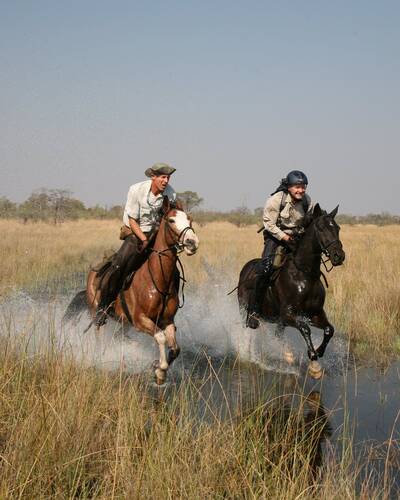
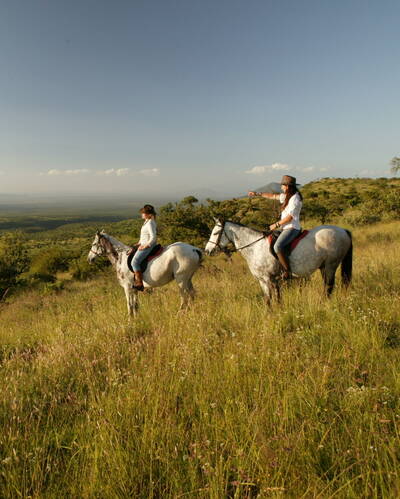
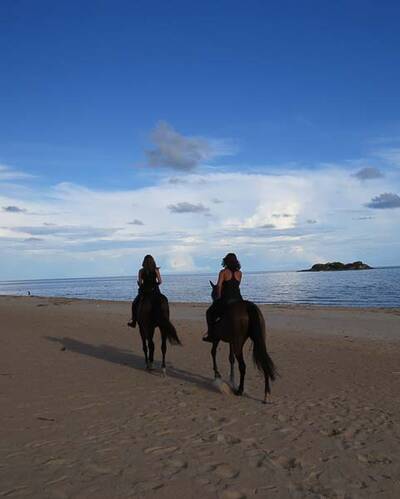
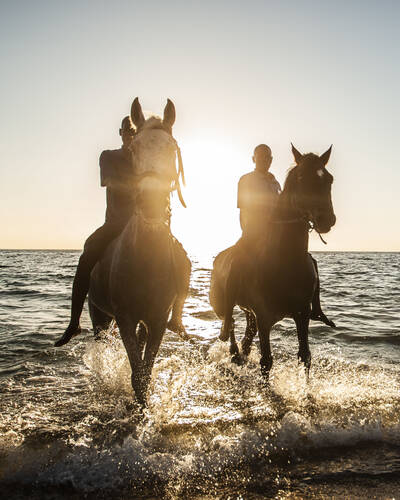
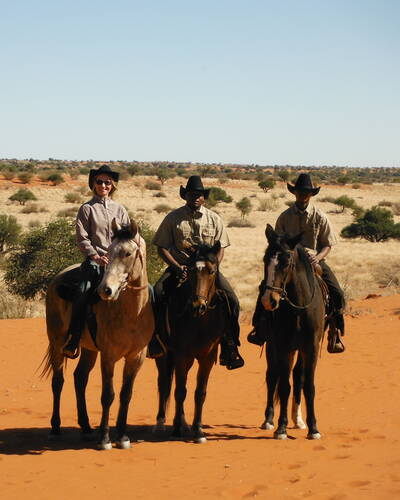
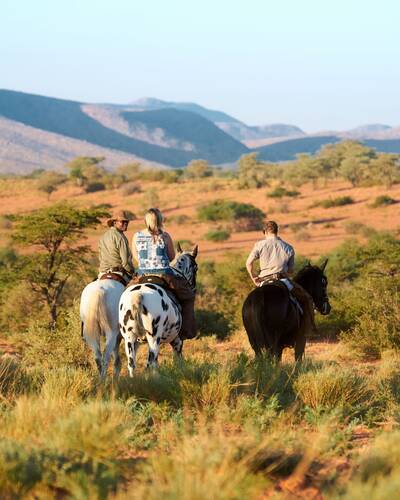
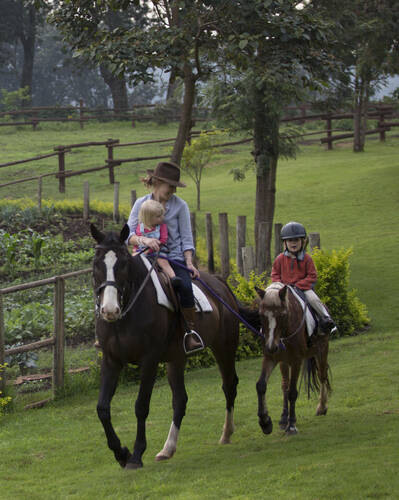
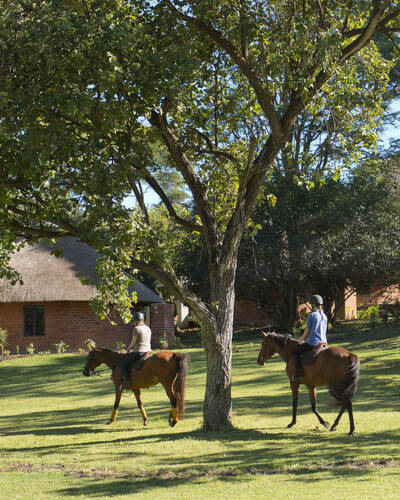
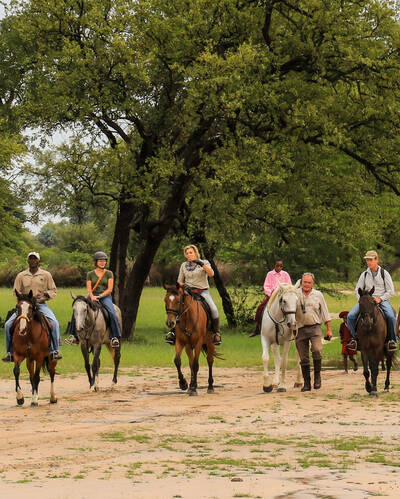
Africa - Curated Holiday Collections for Your Interests
Discover our Holiday Collections, designed for travellers with passion! Love wildlife safaris? Keen to learn to dive in the Indian Ocean? Or a keen photographer? We've got the trips for you!

Looking for inspiration on where to travel next?
Visit our trip chooser to explore your options and find inspiration for your perfect African adventure
Inspire me

